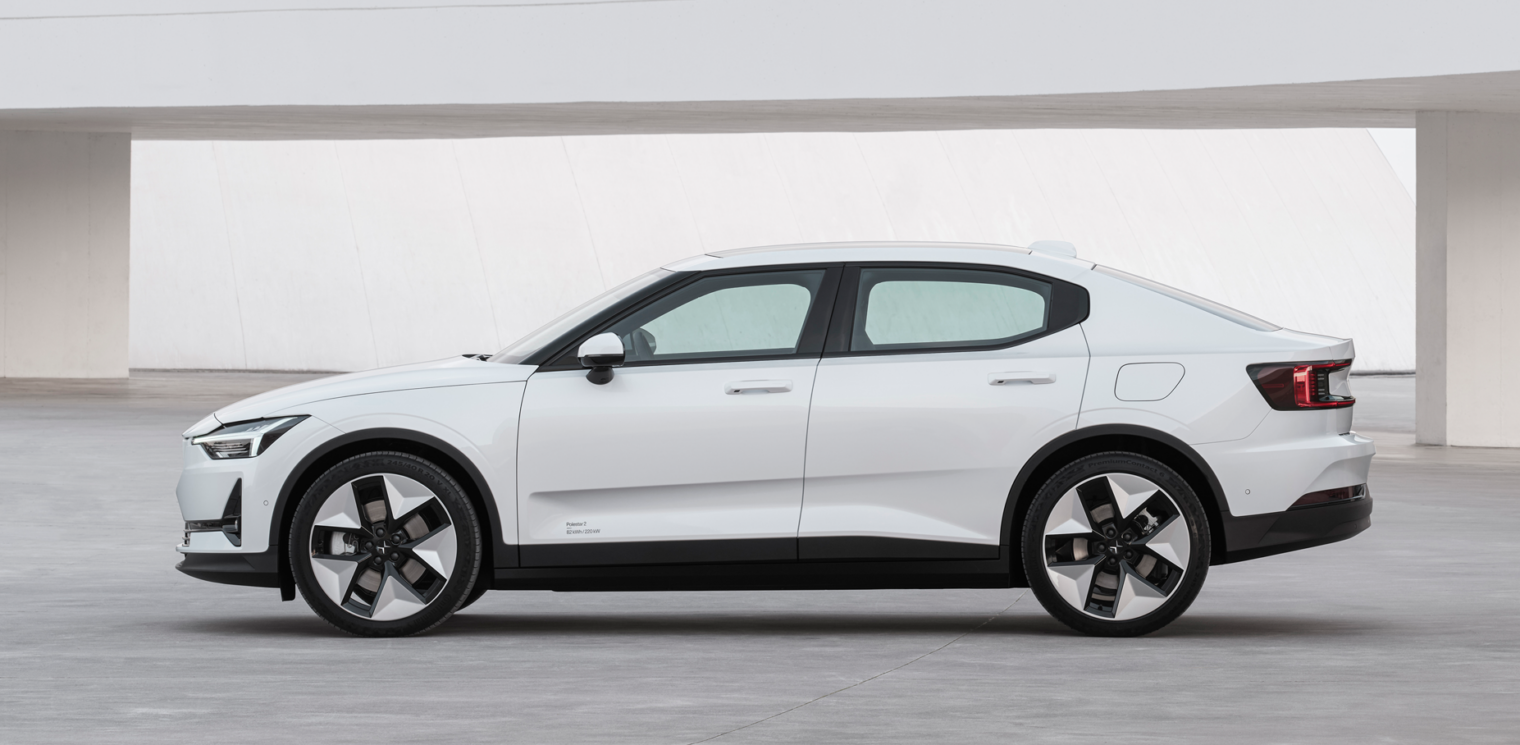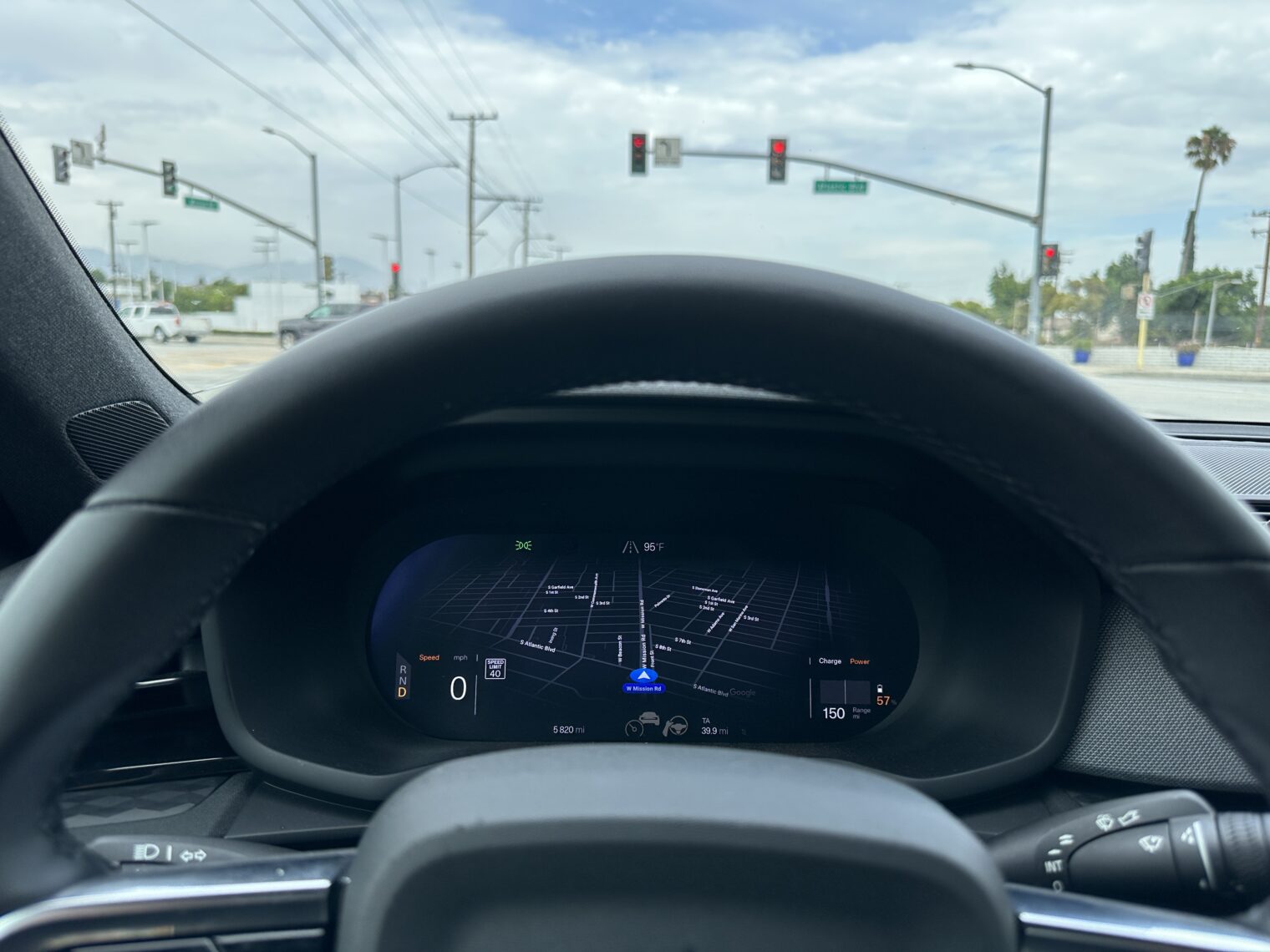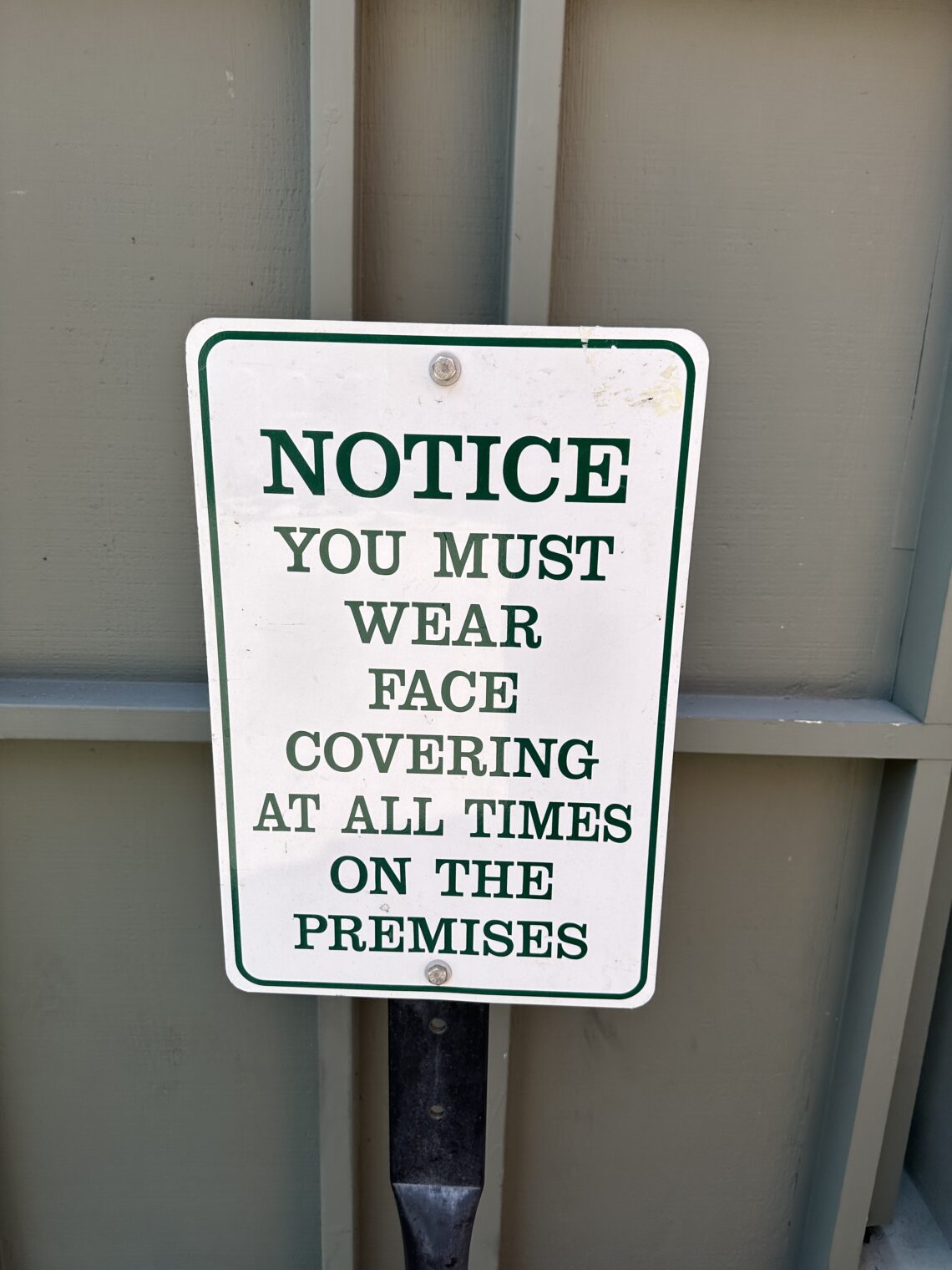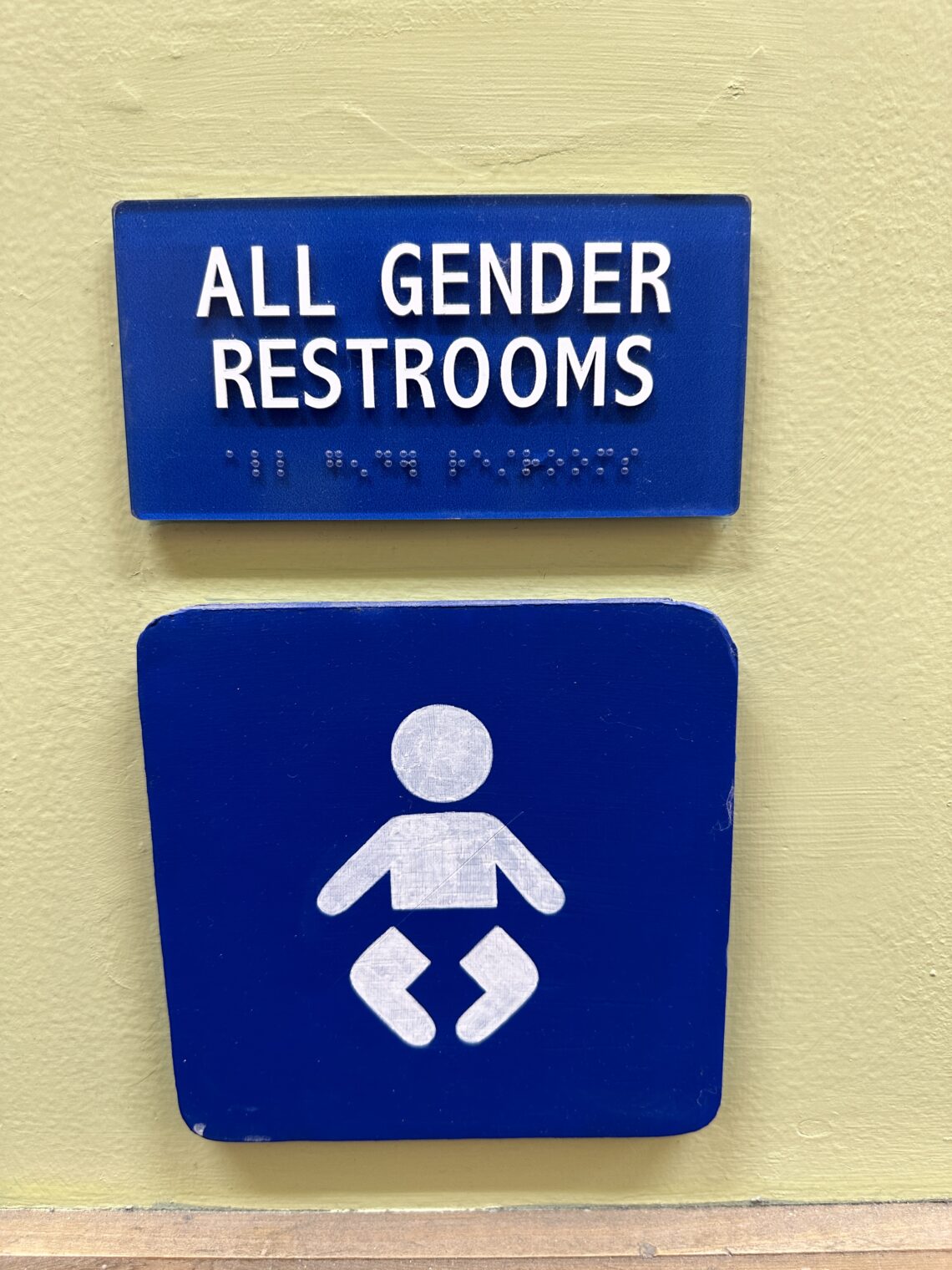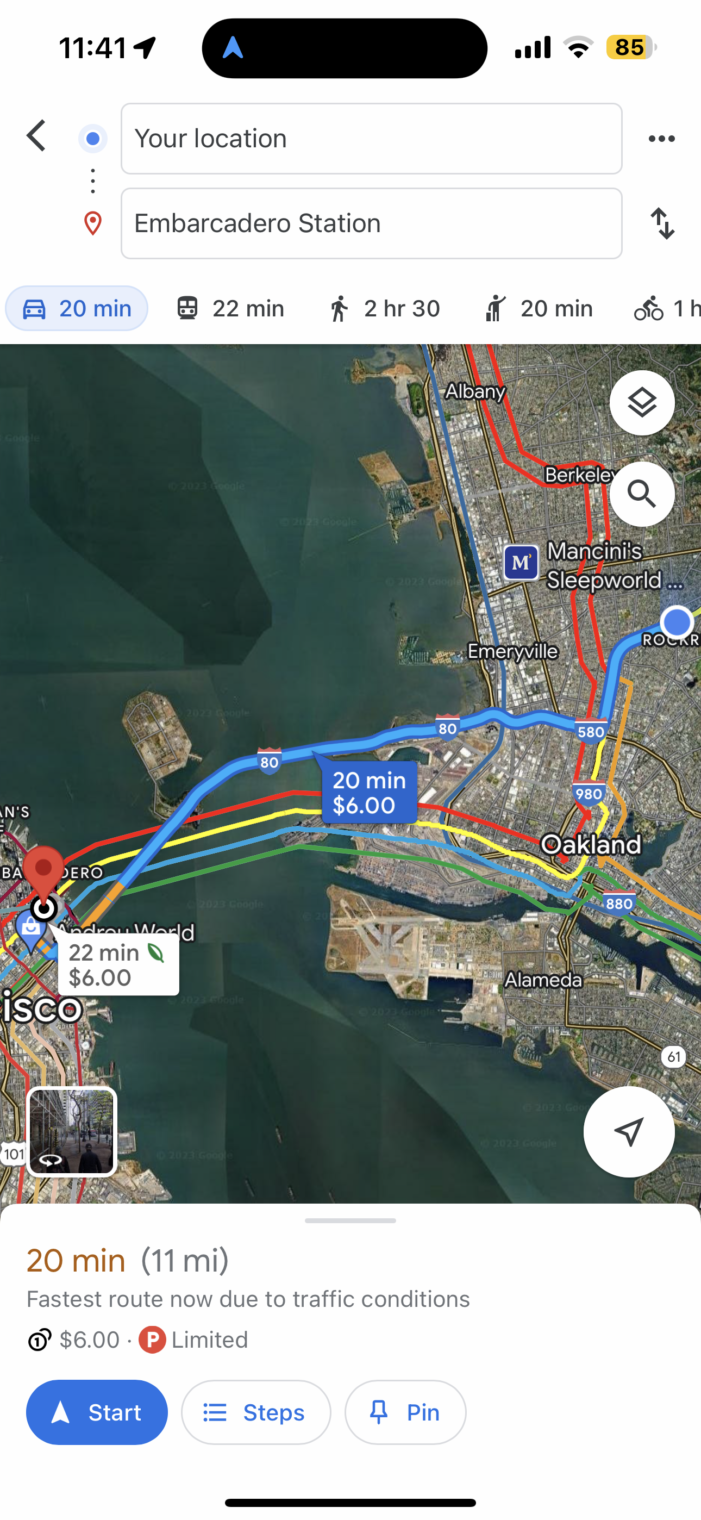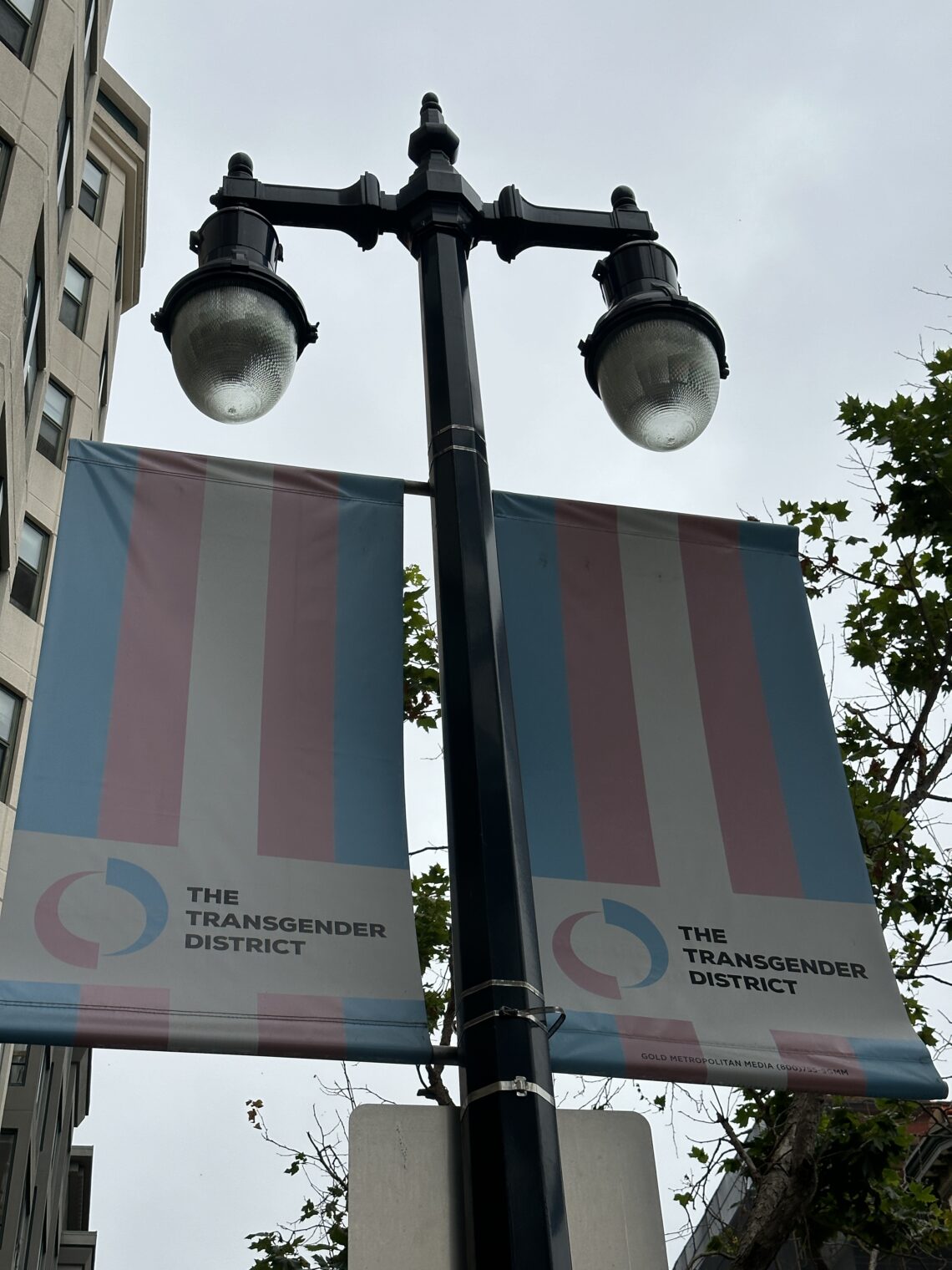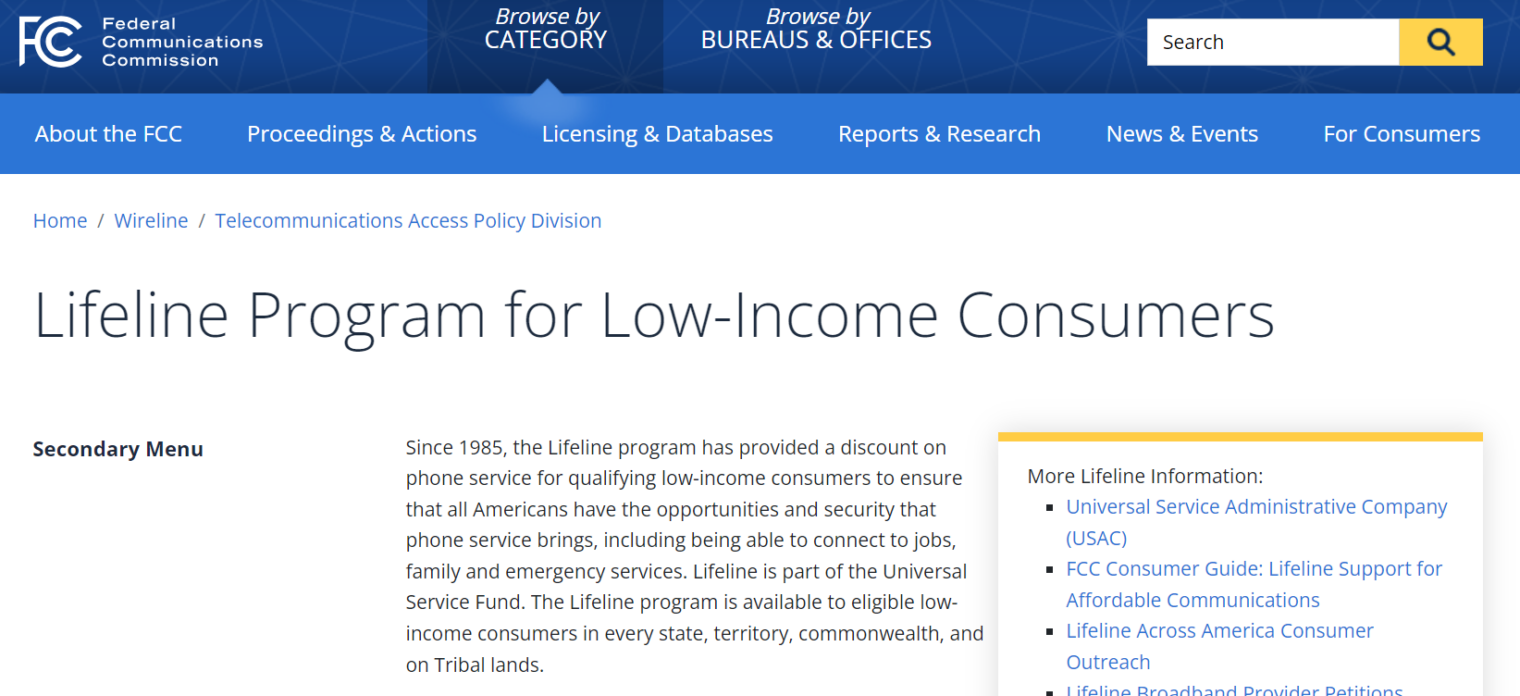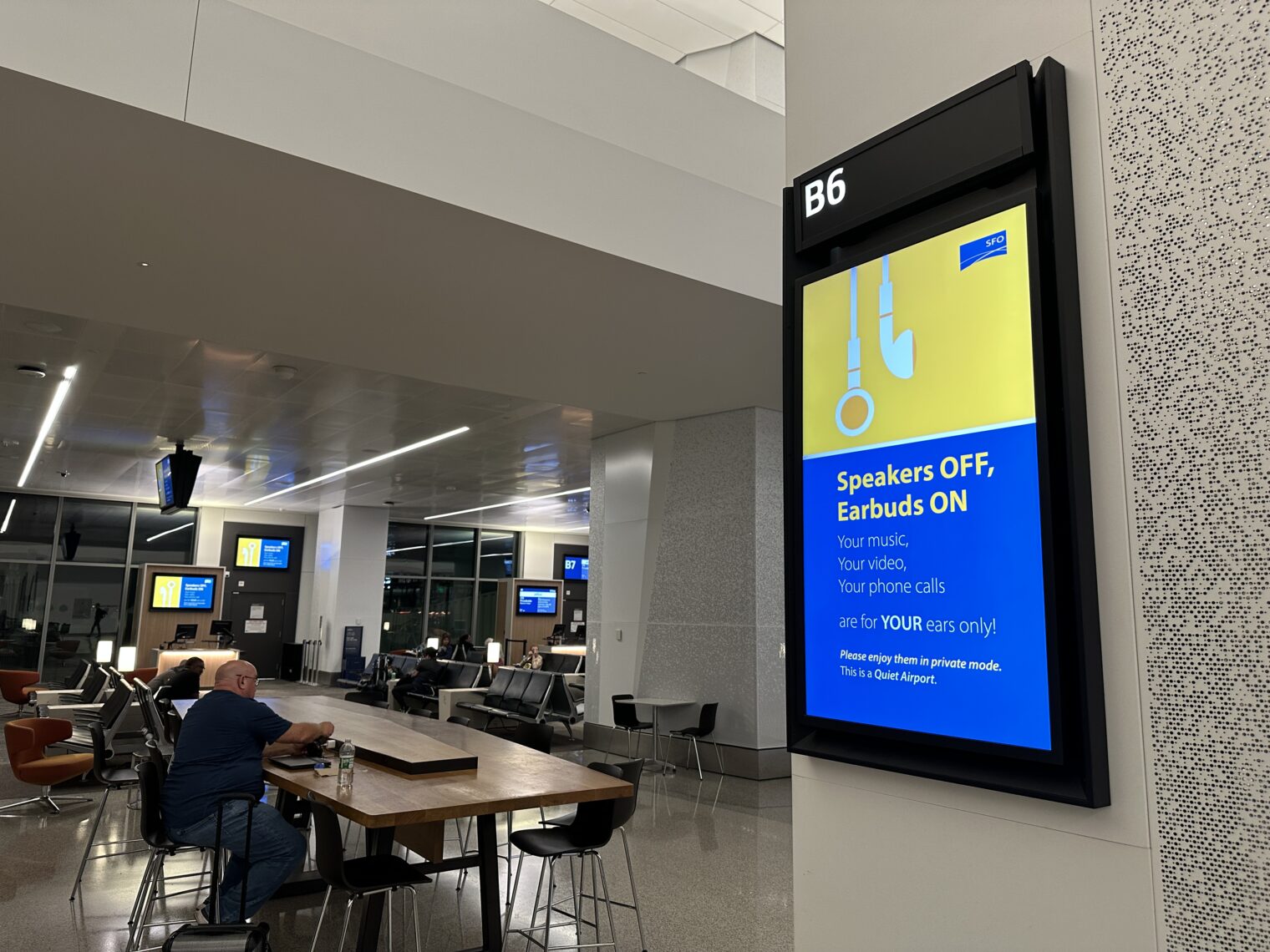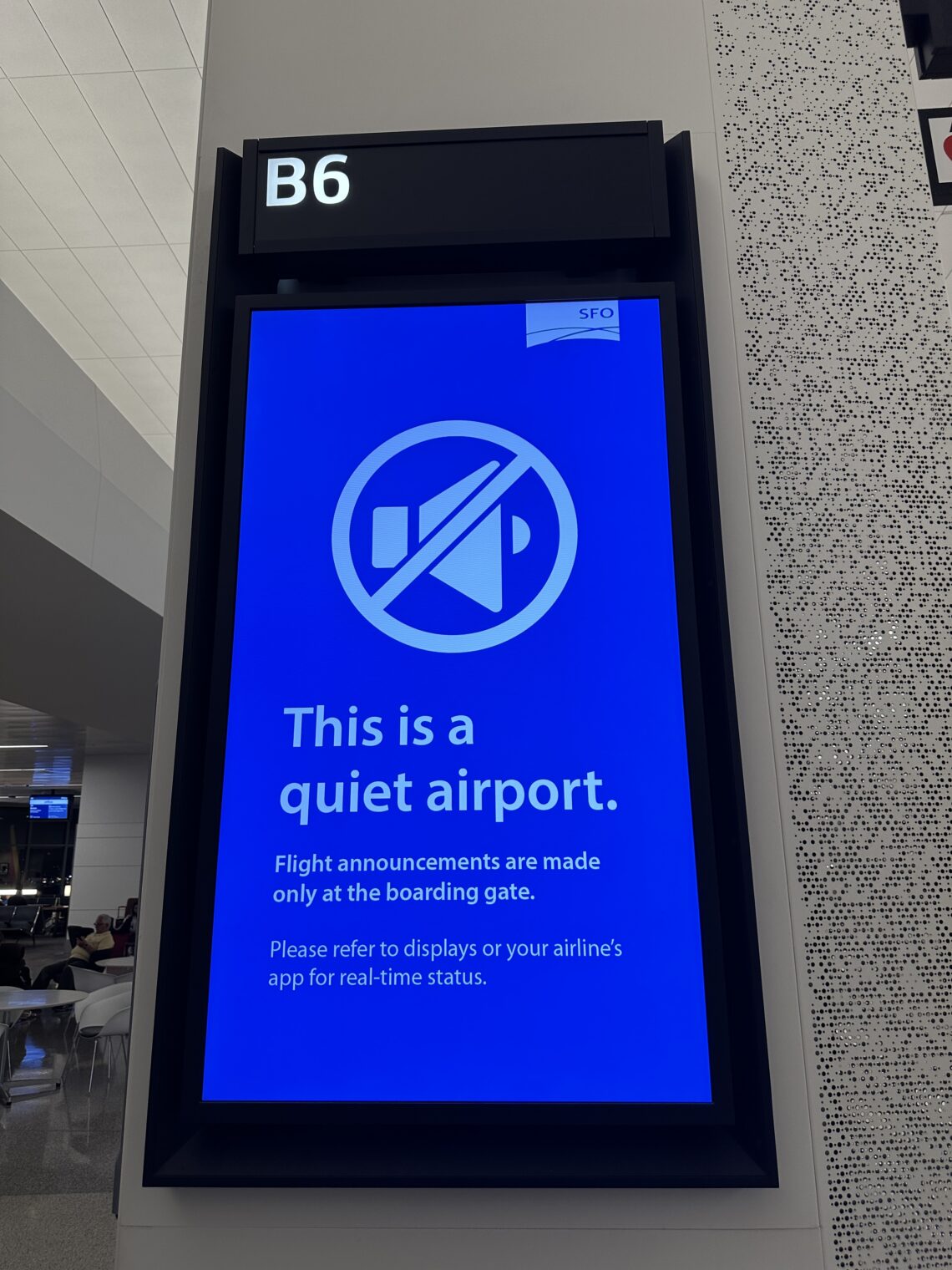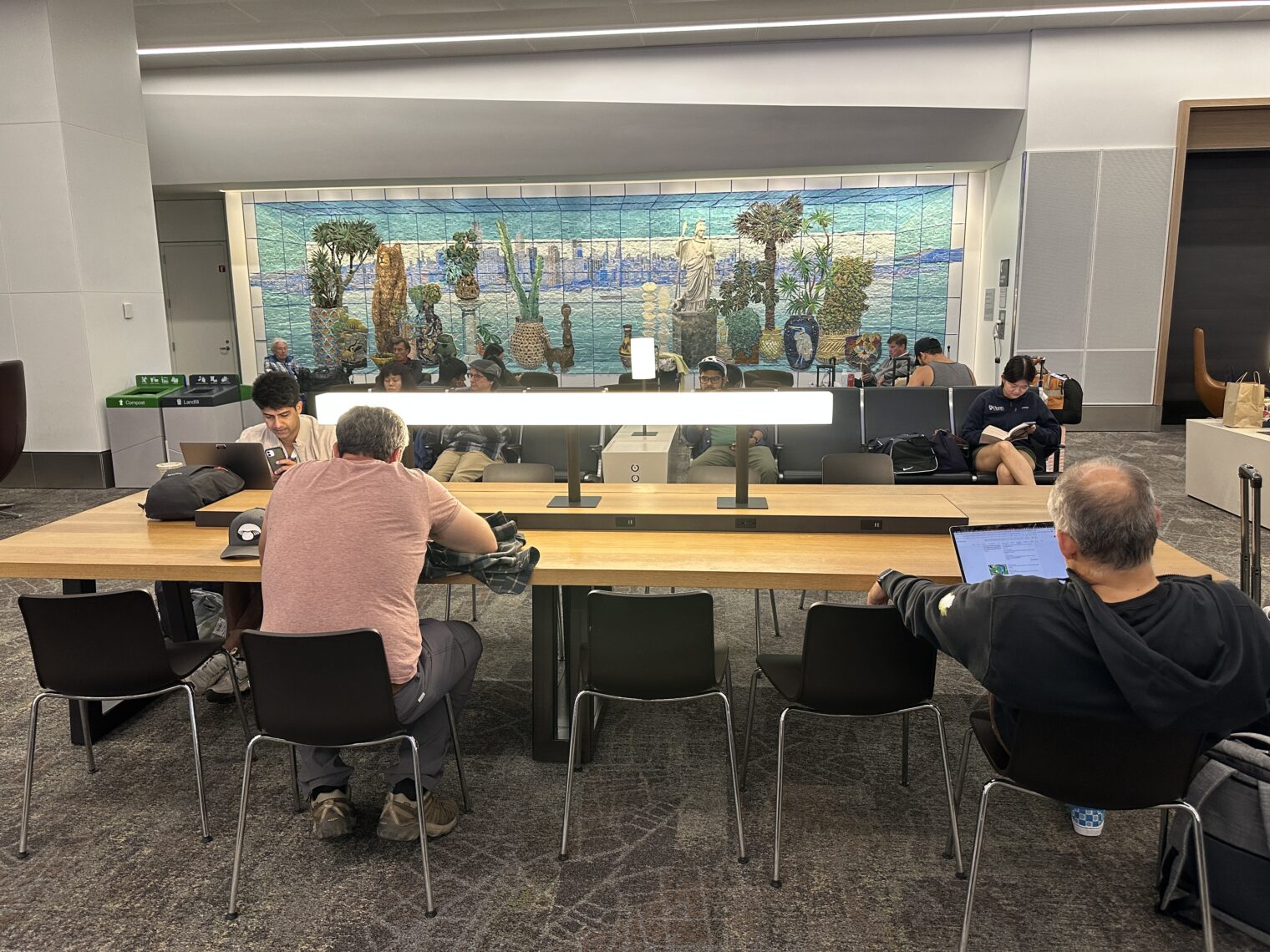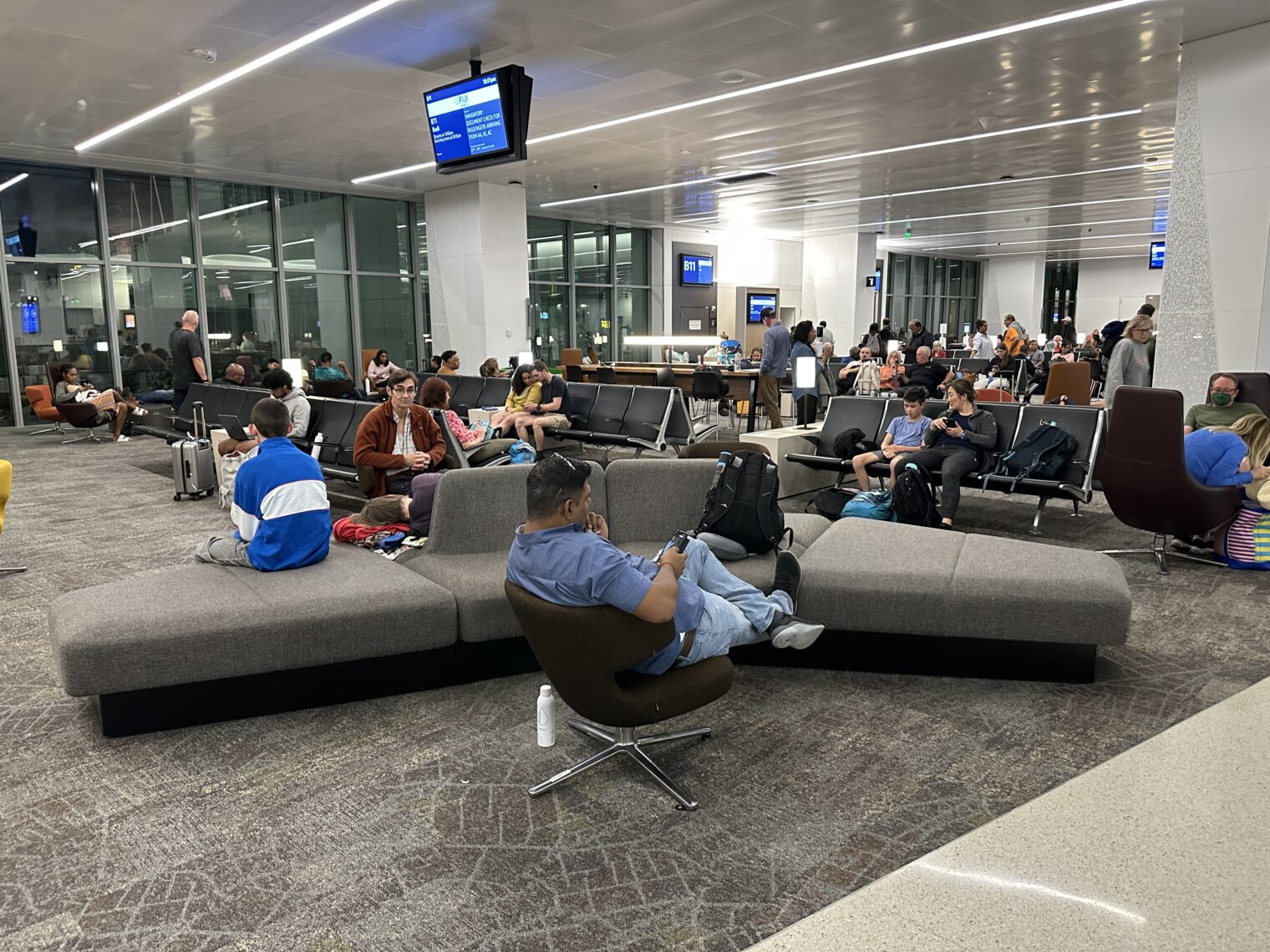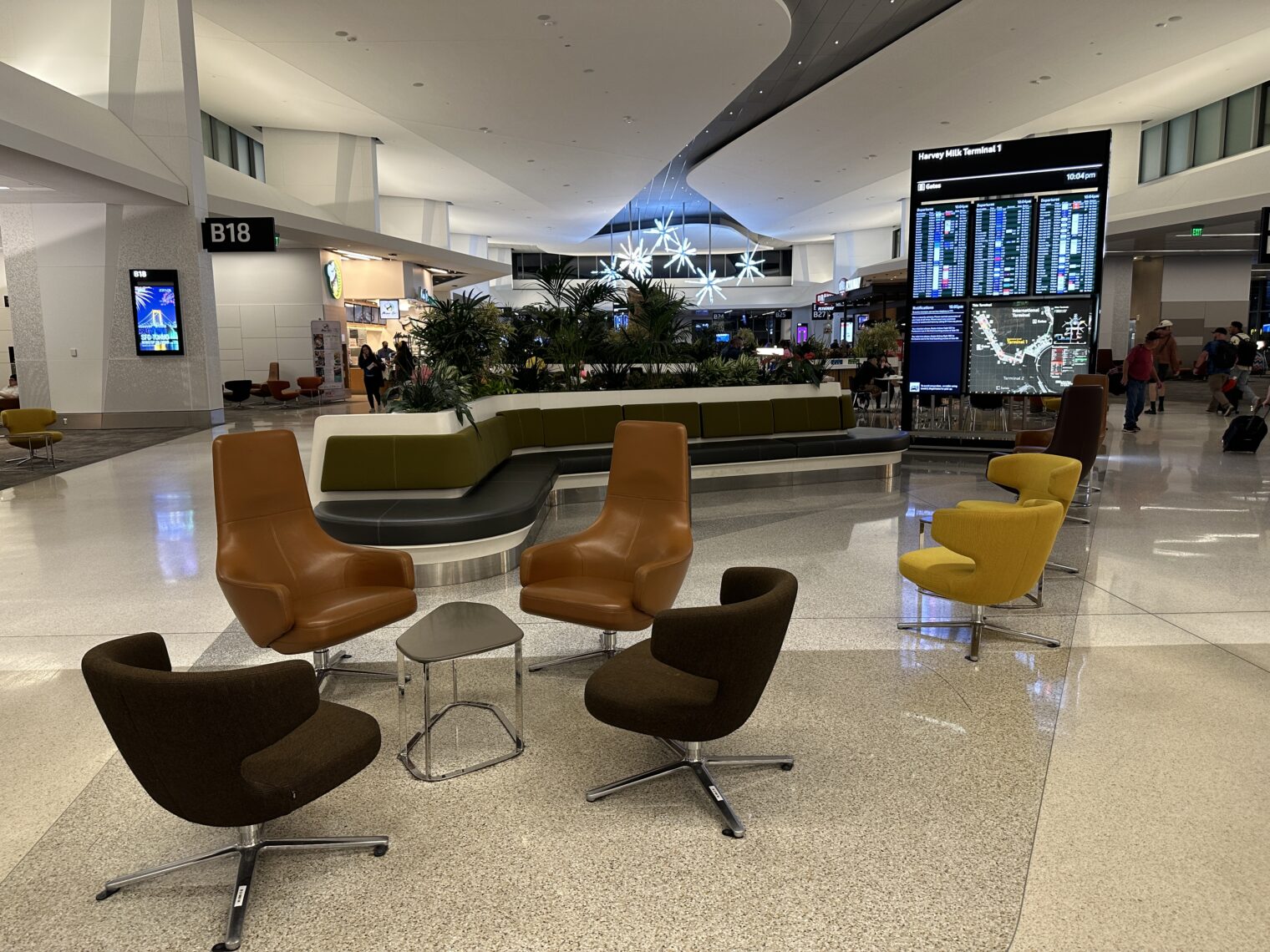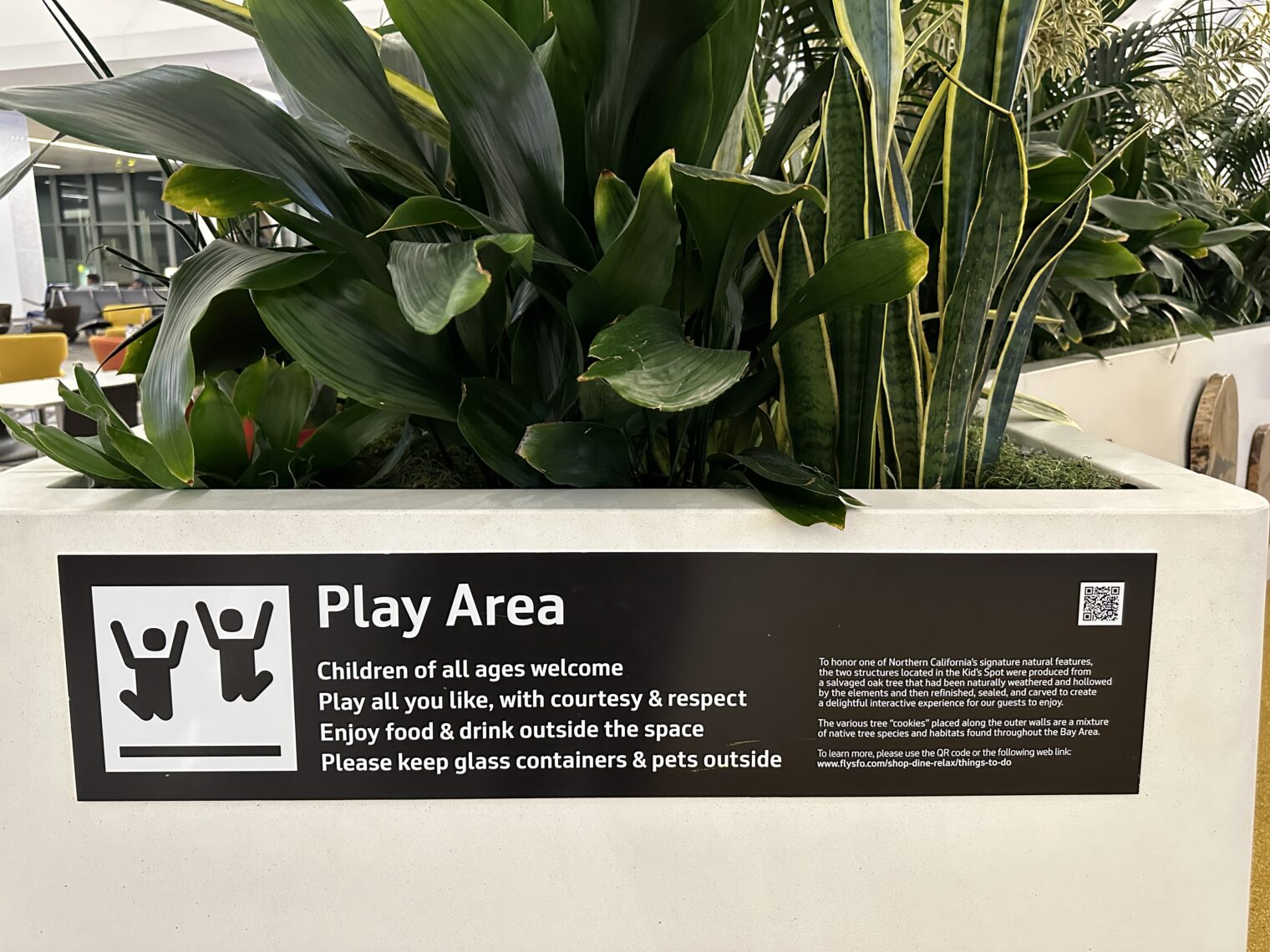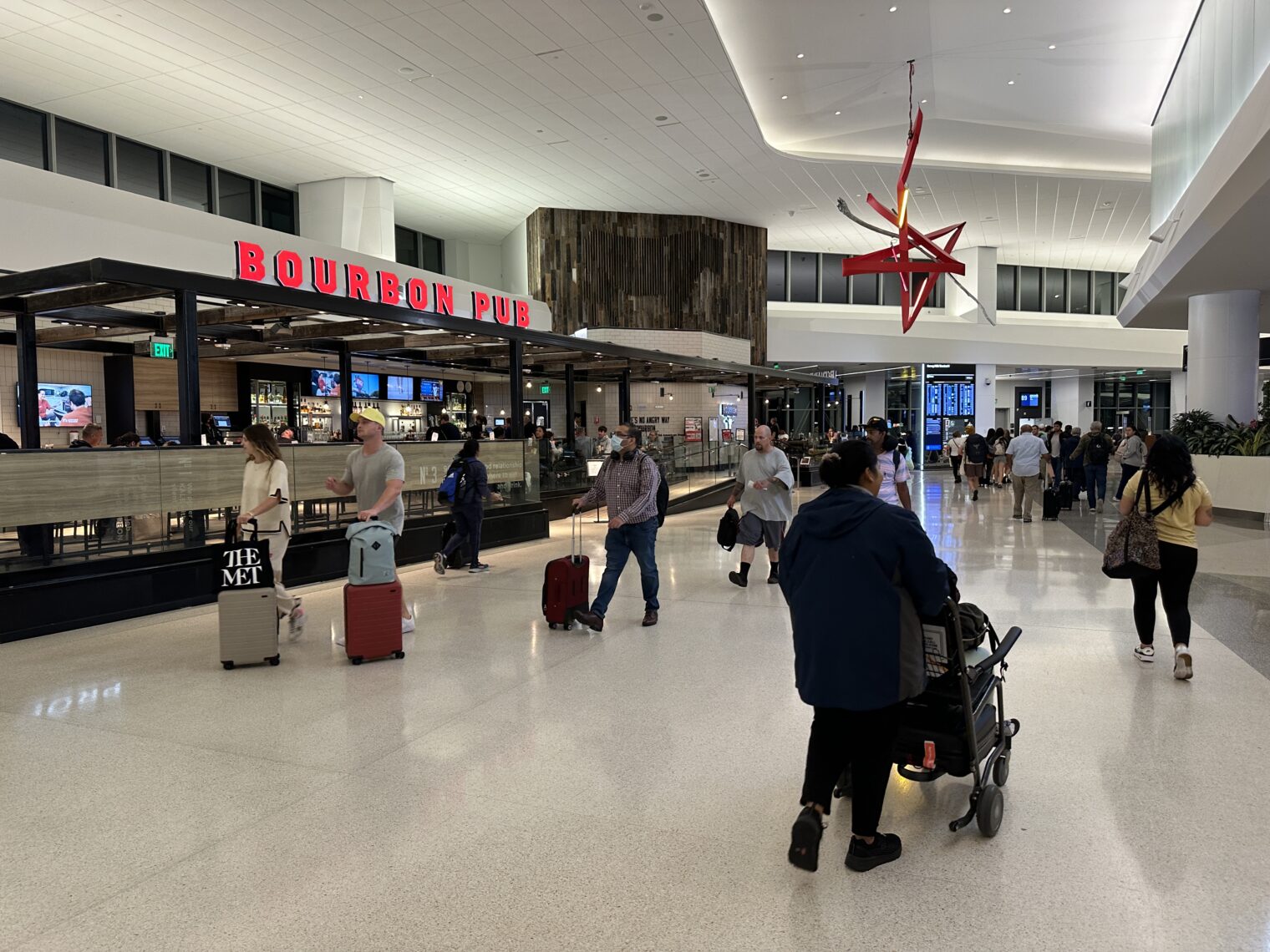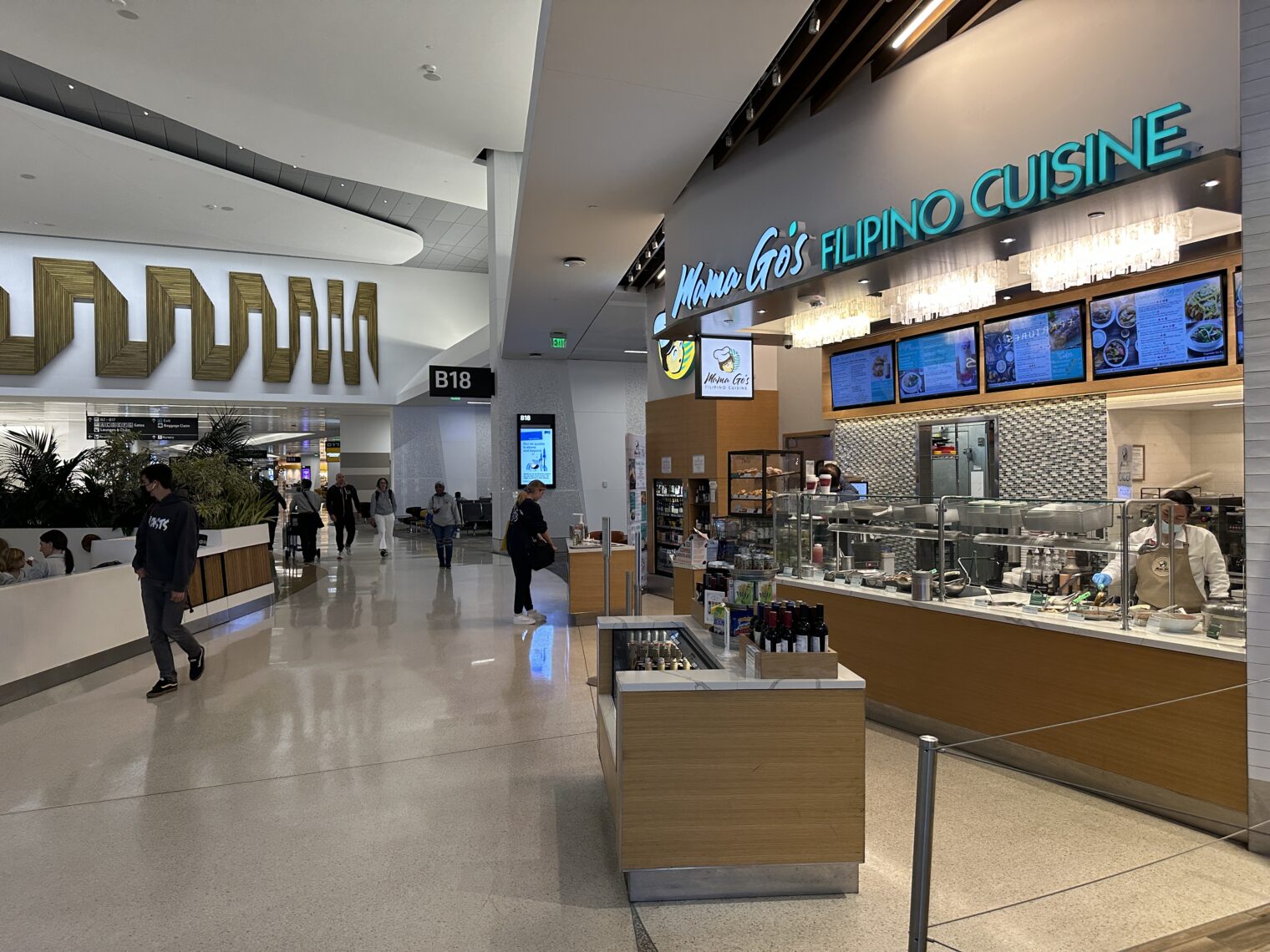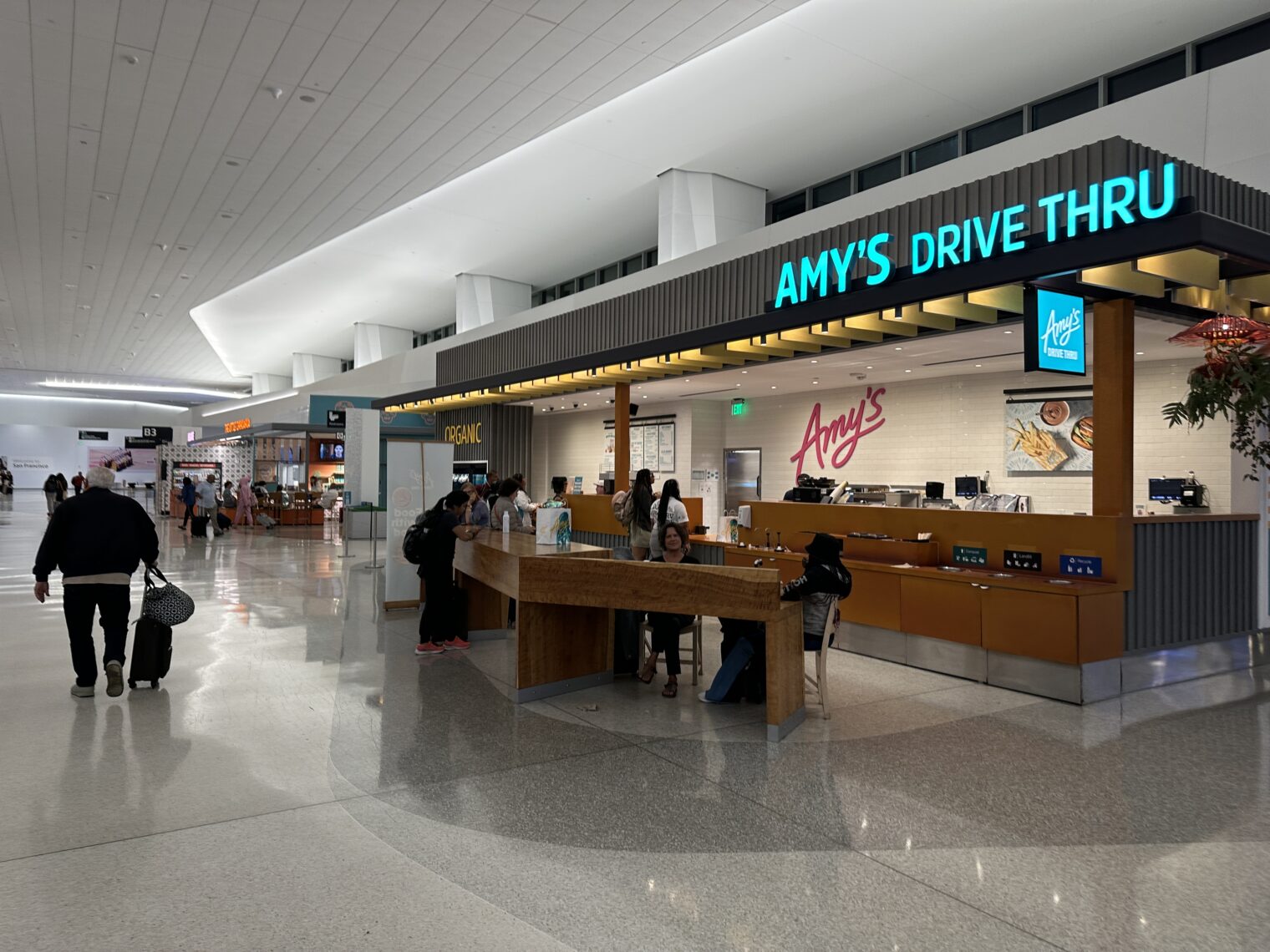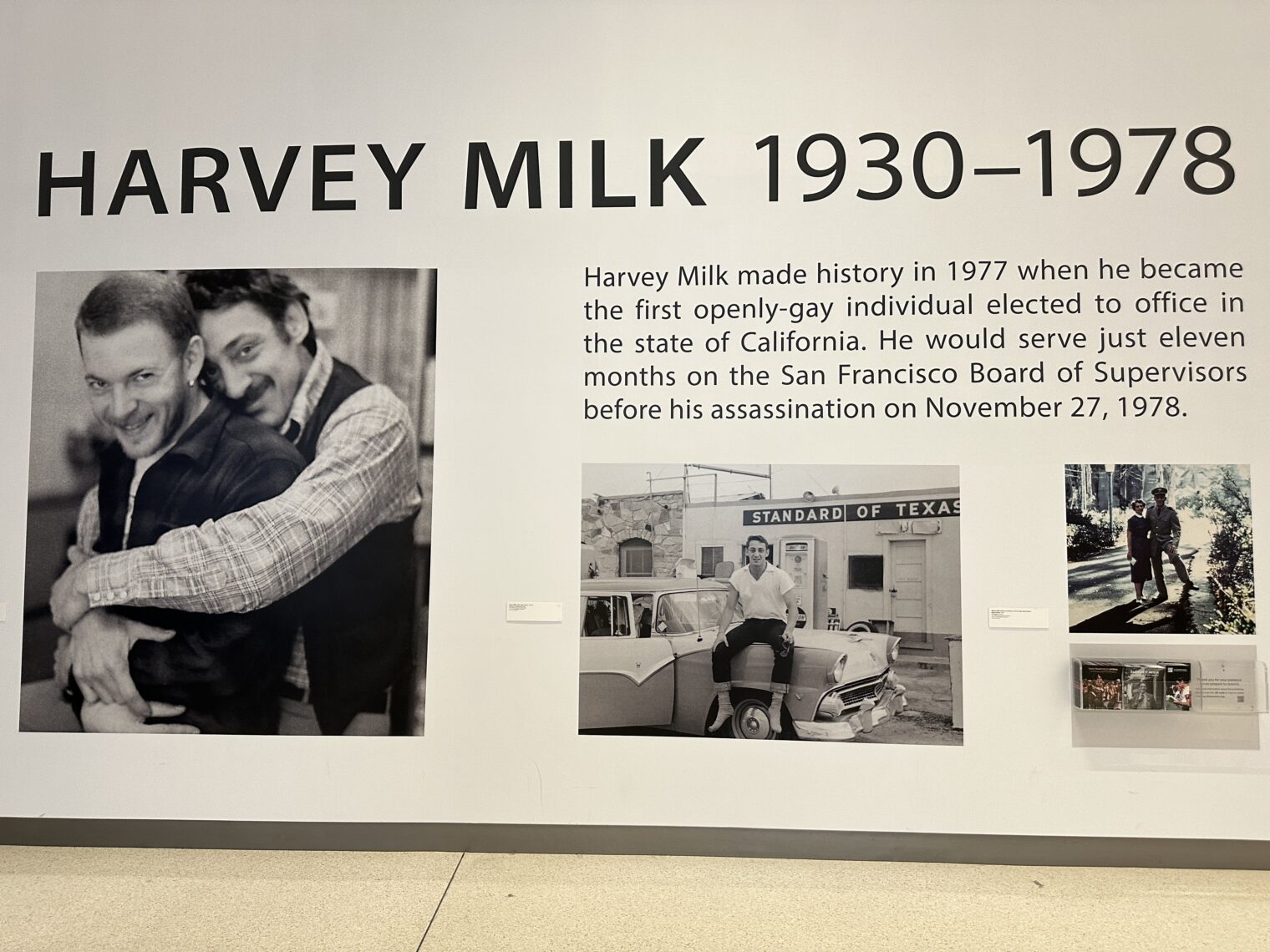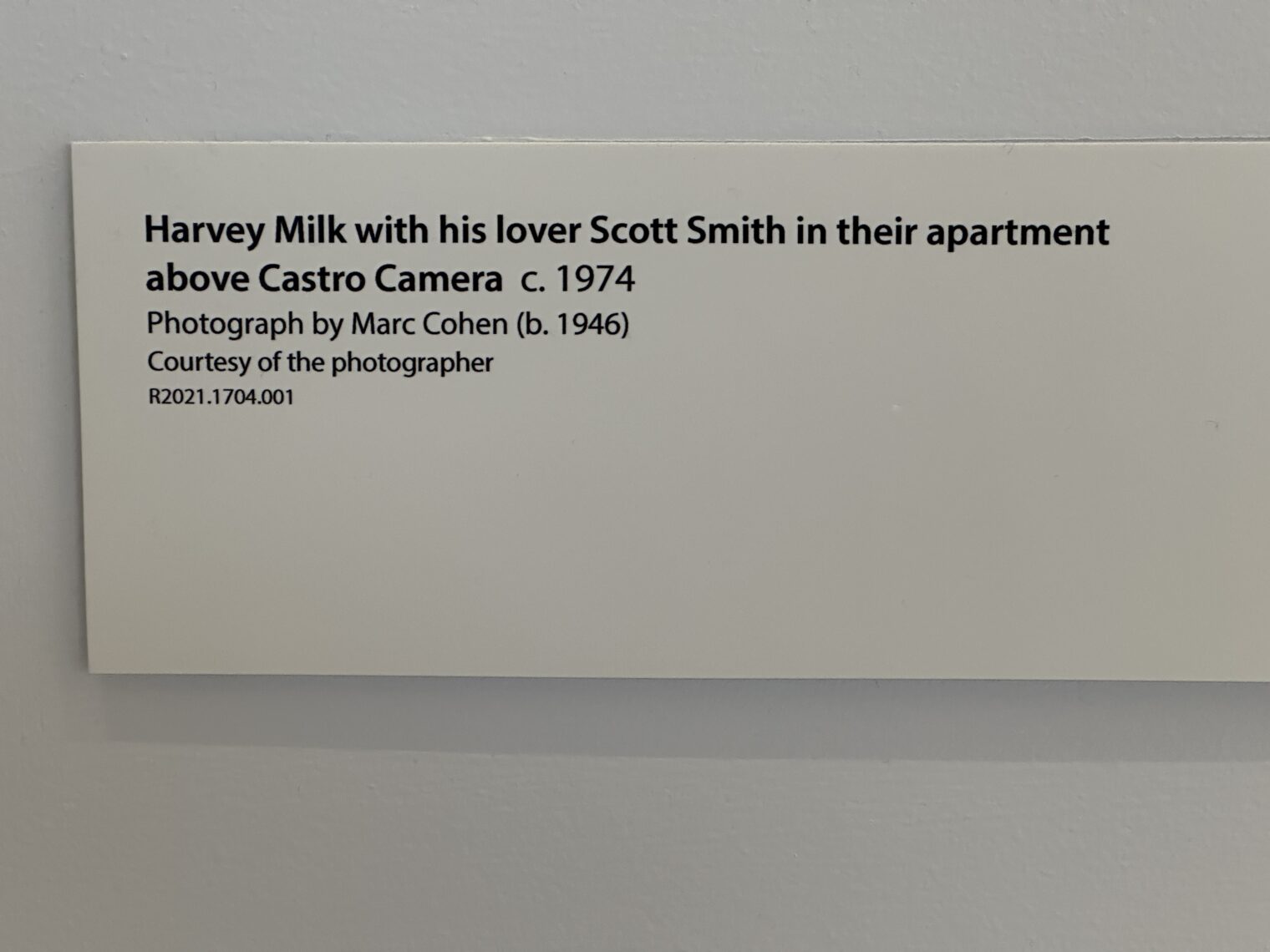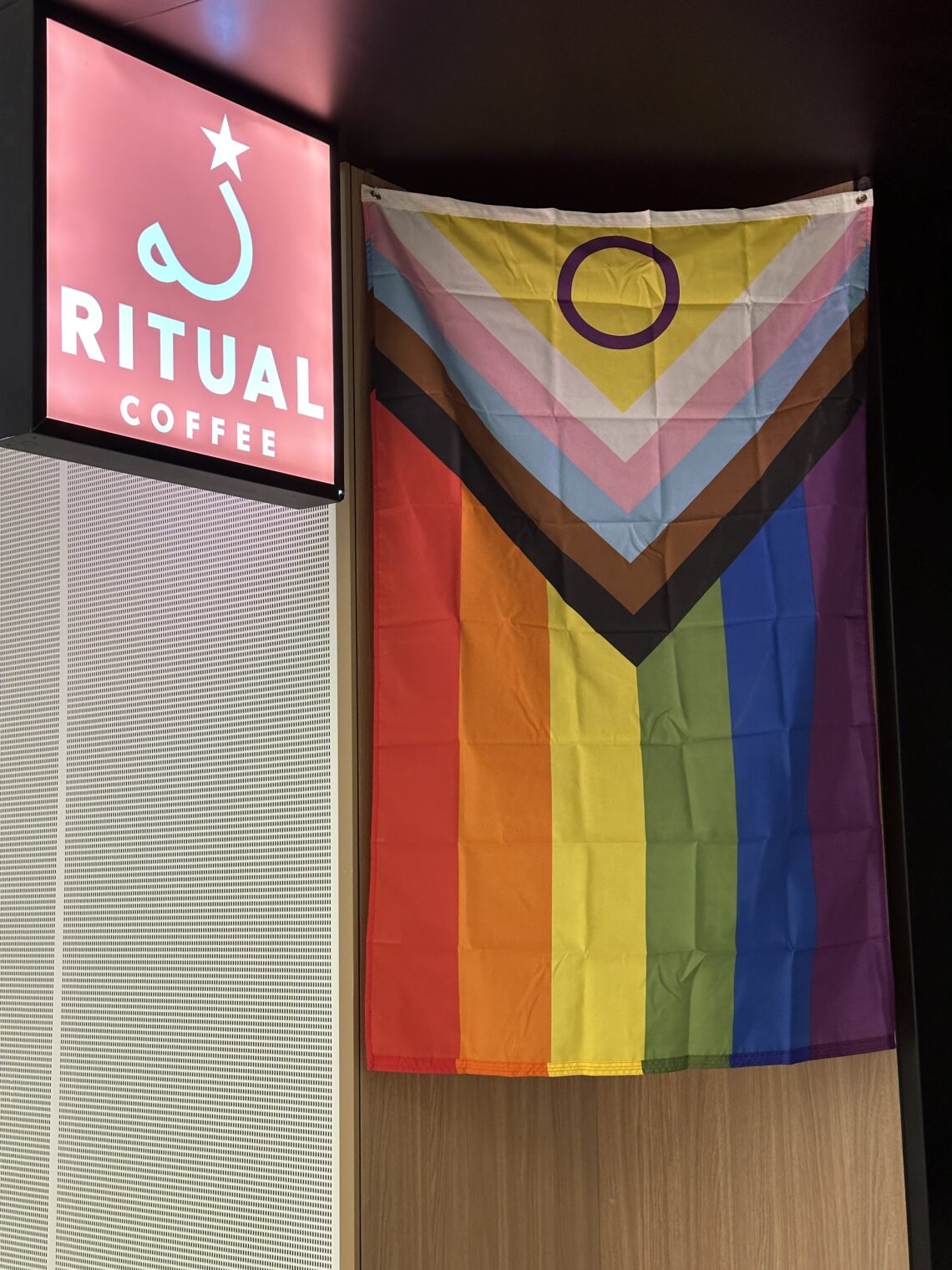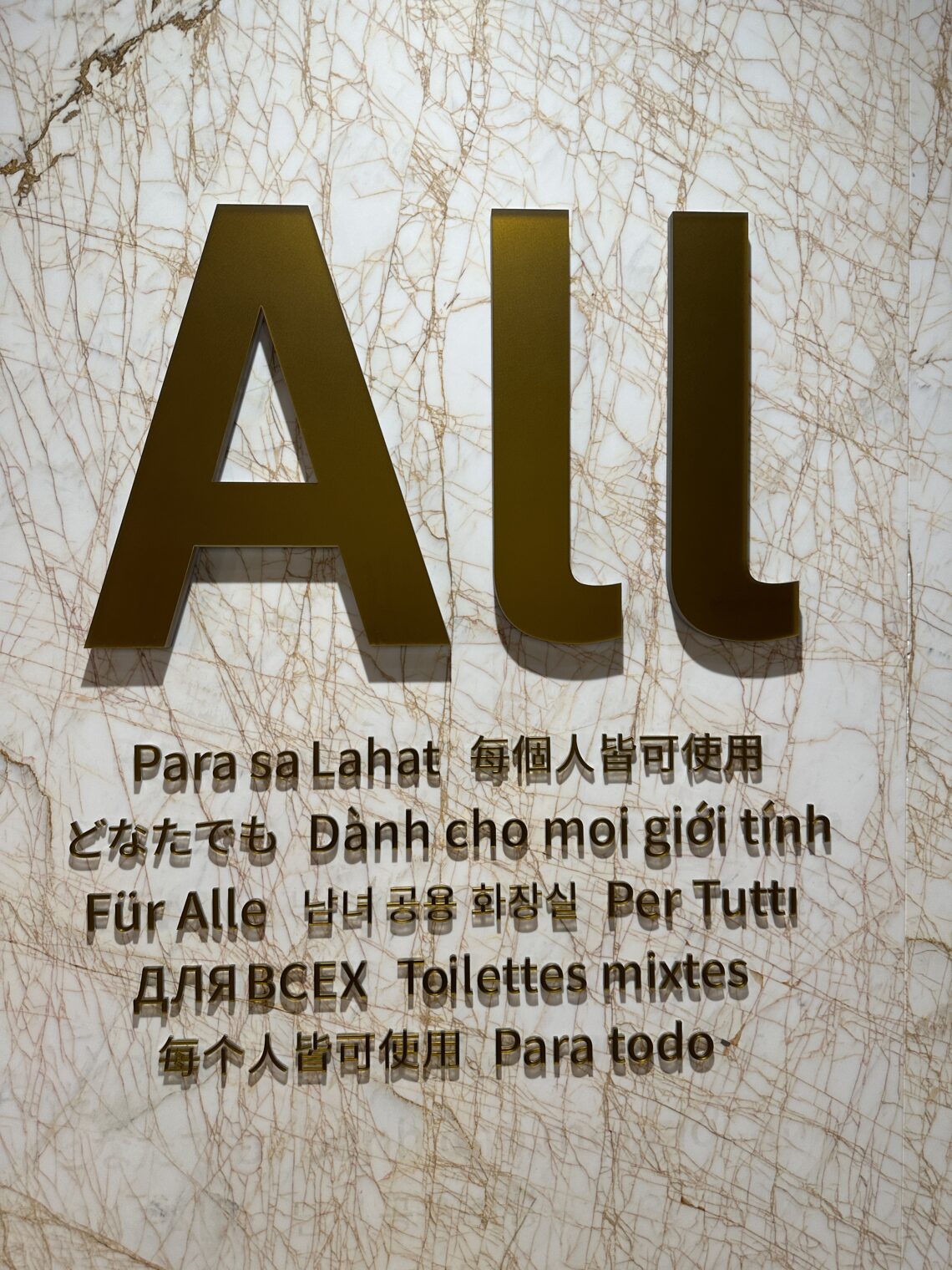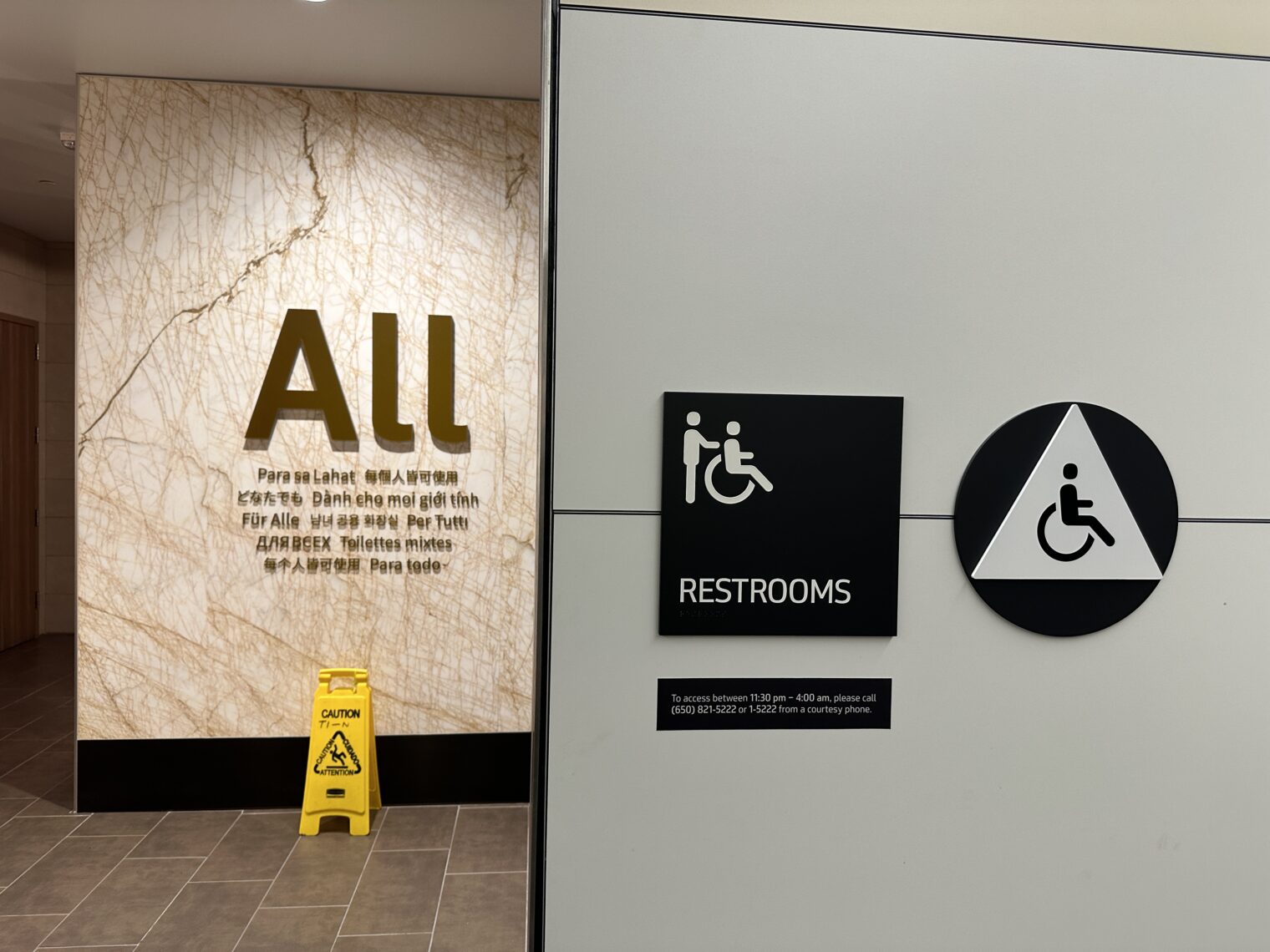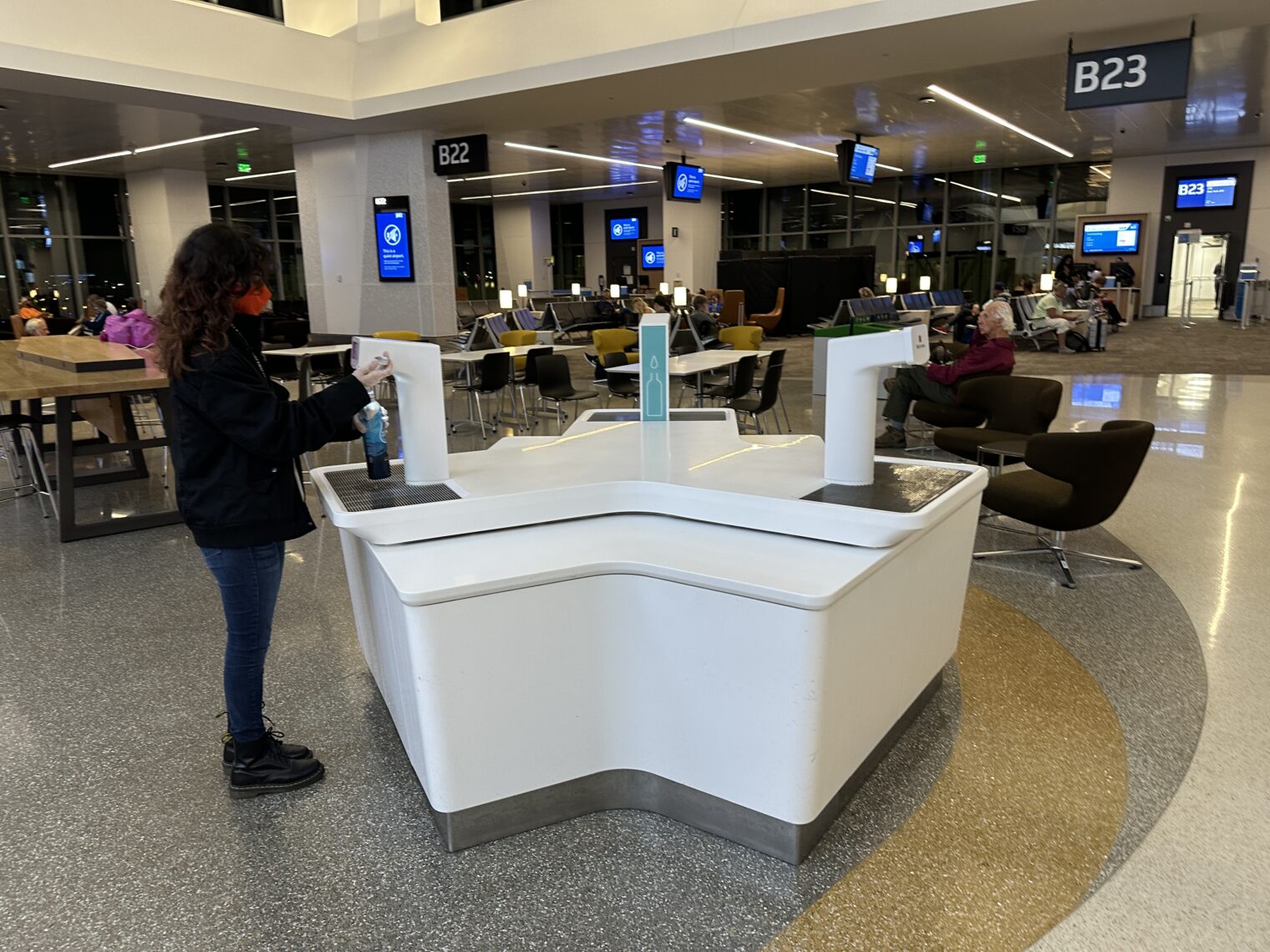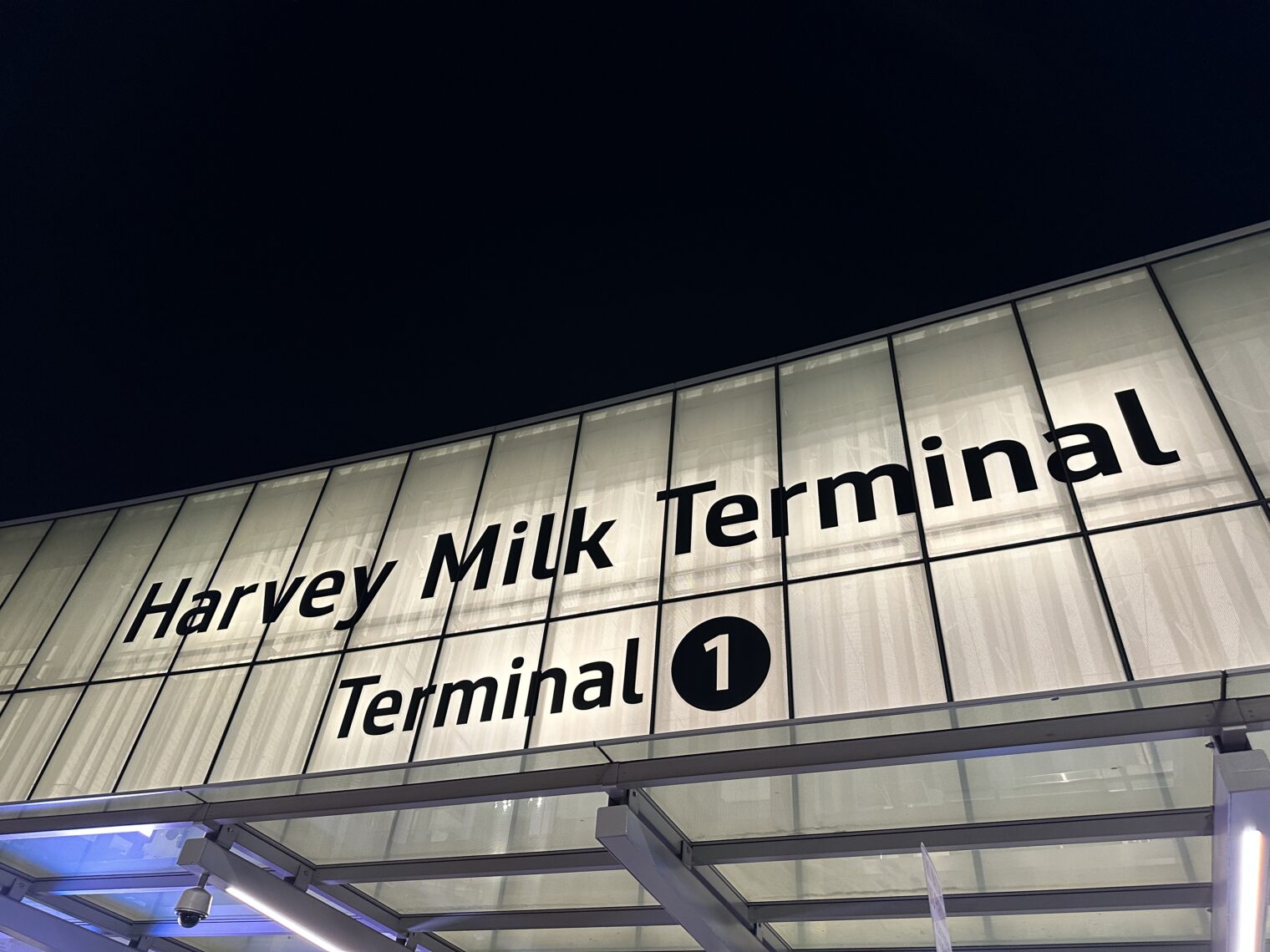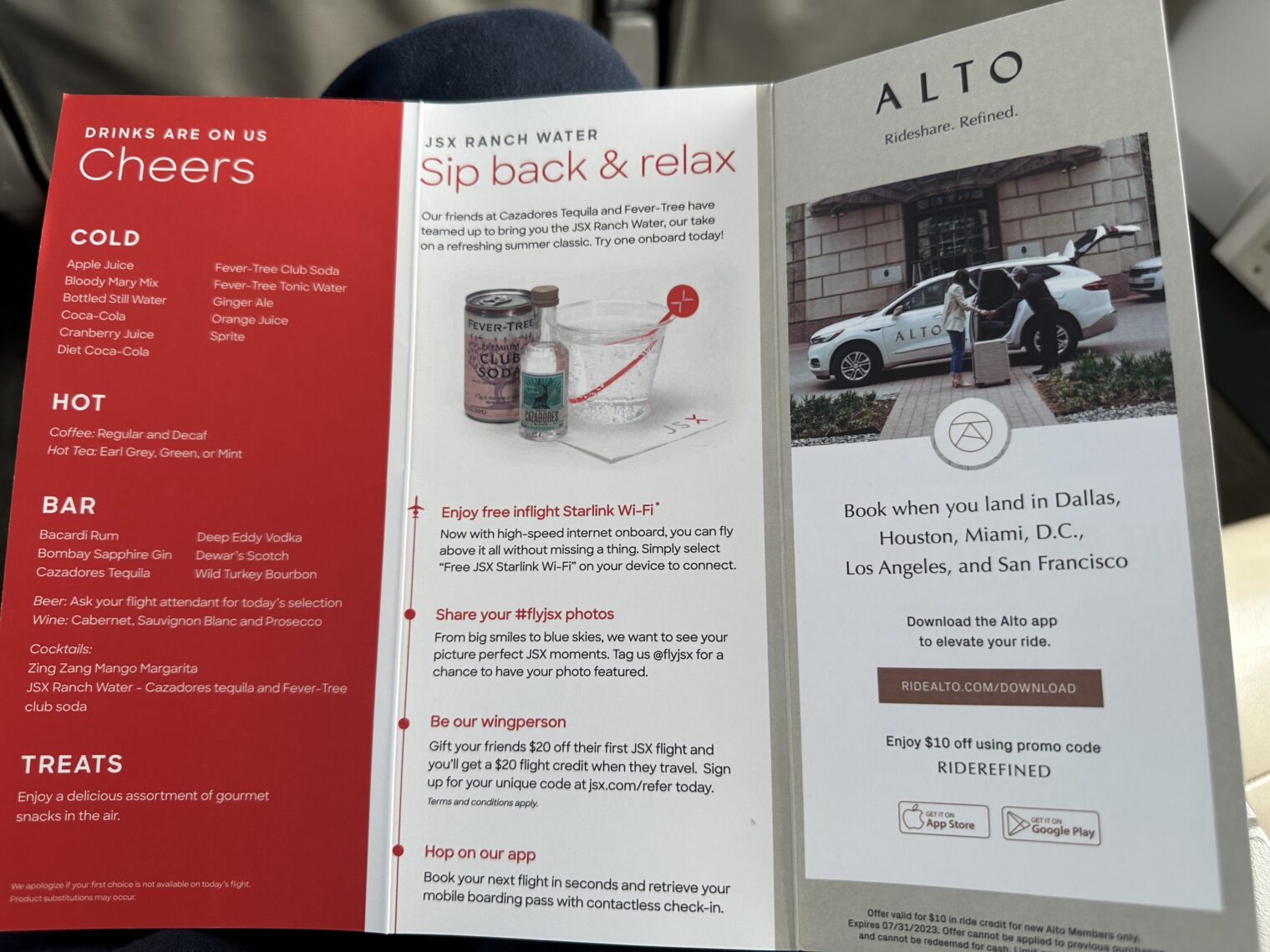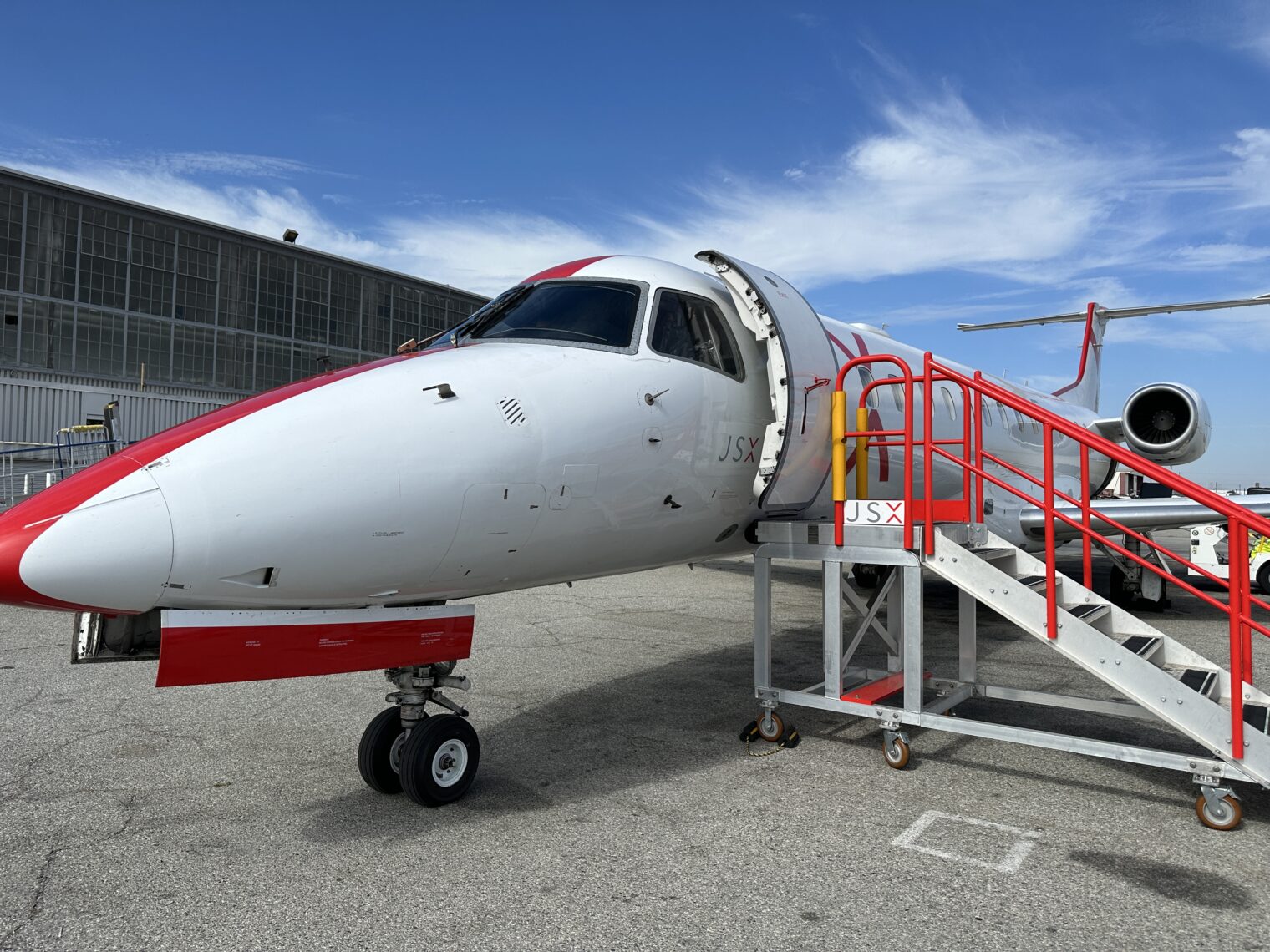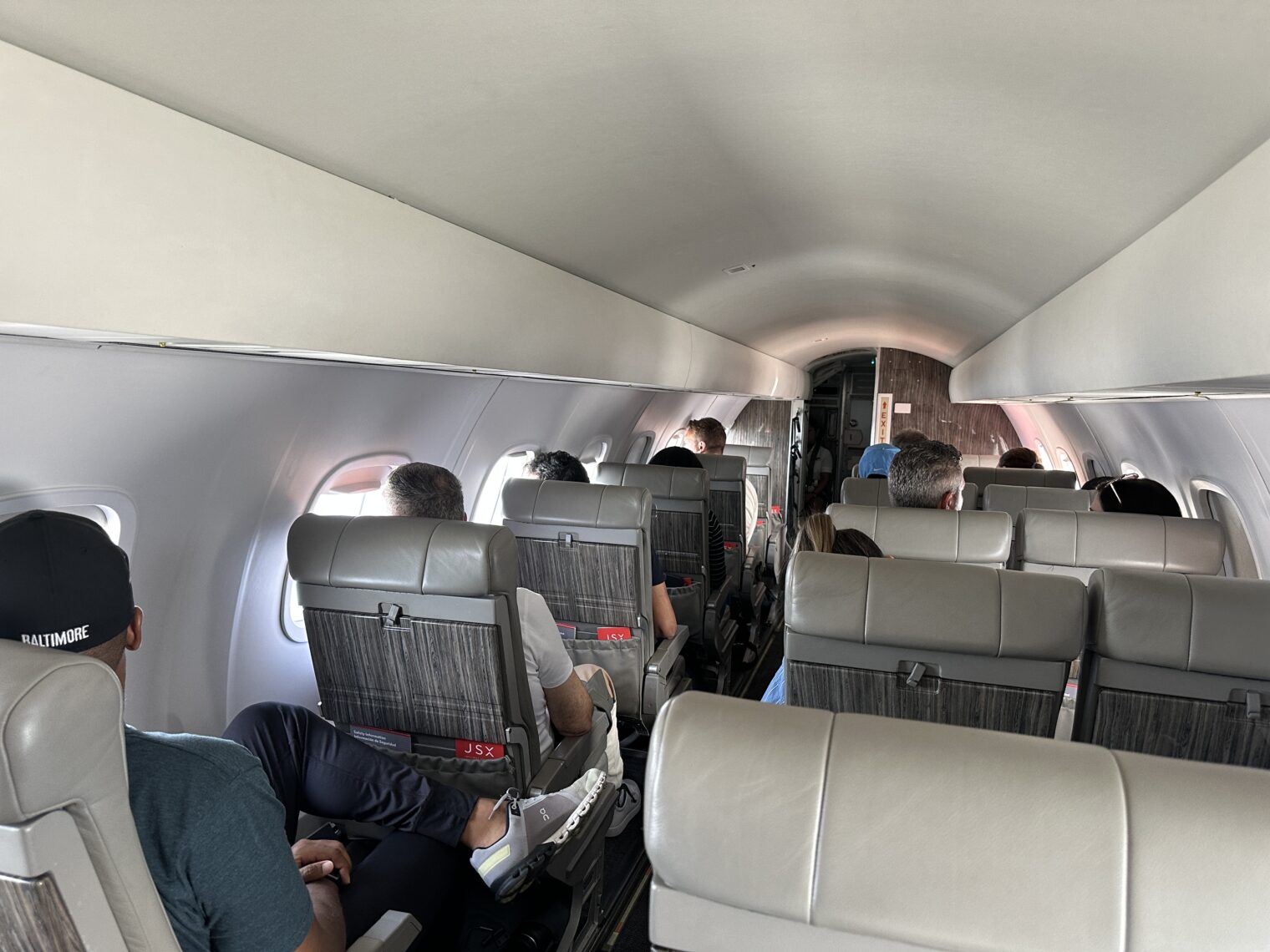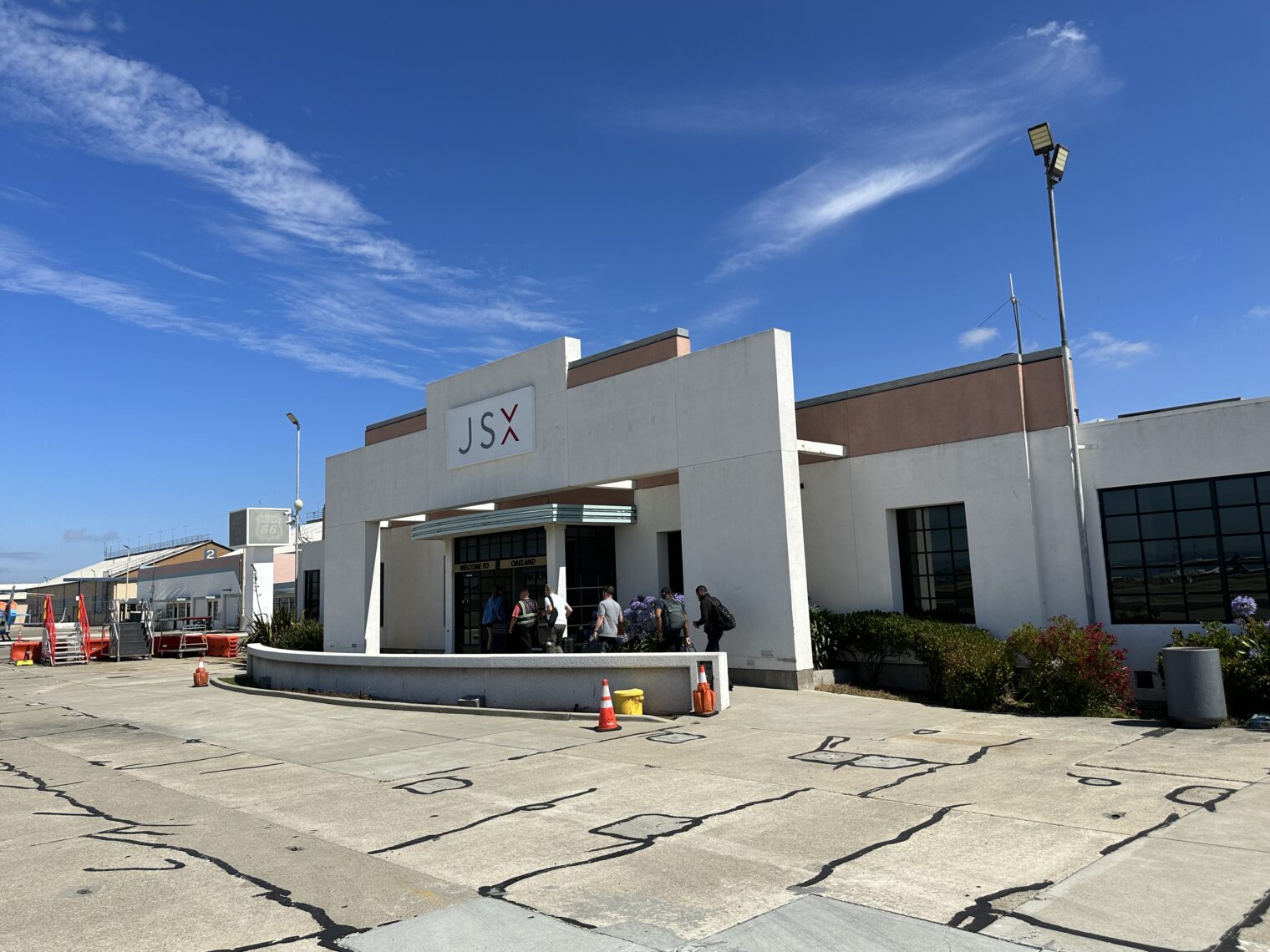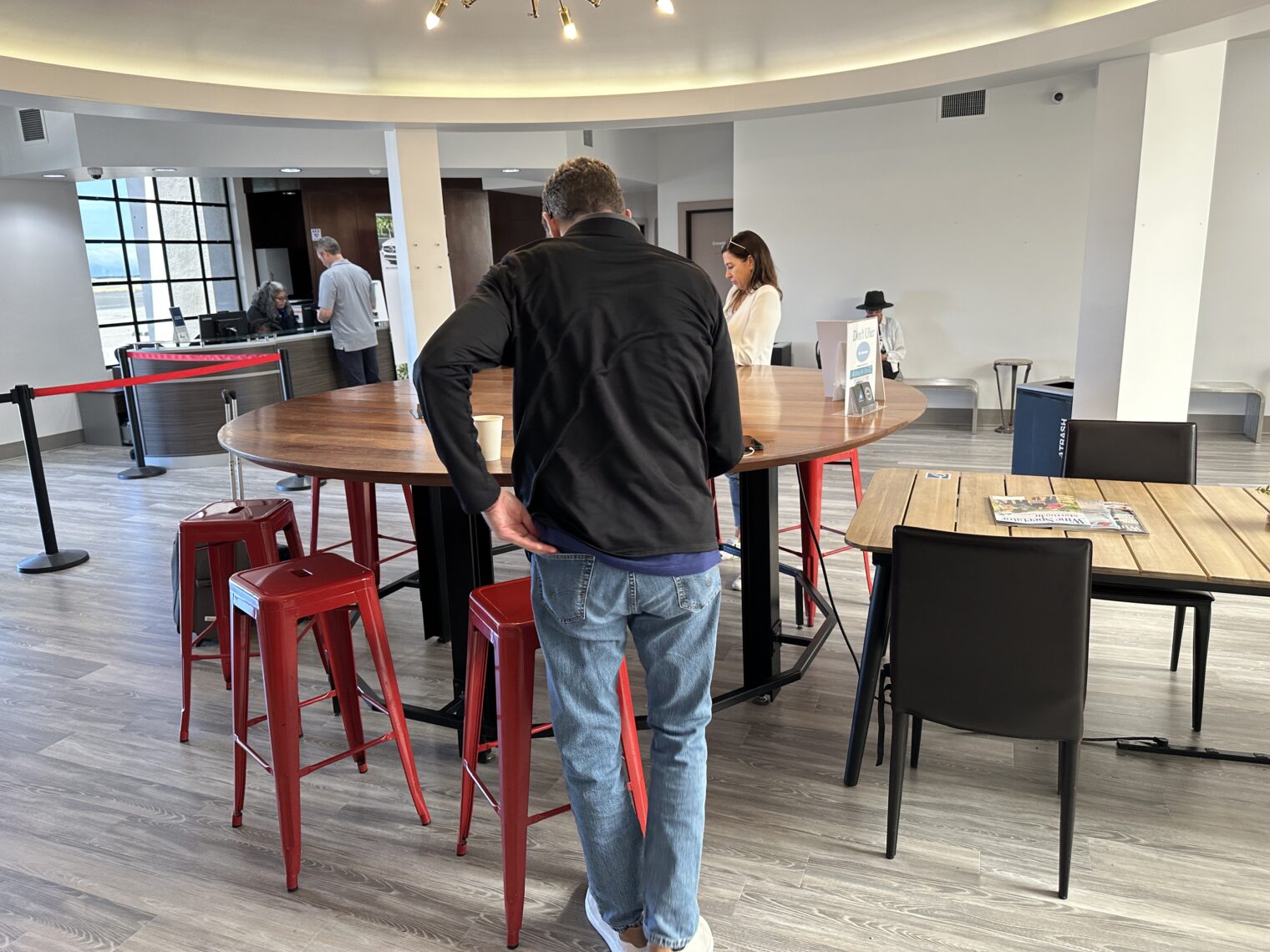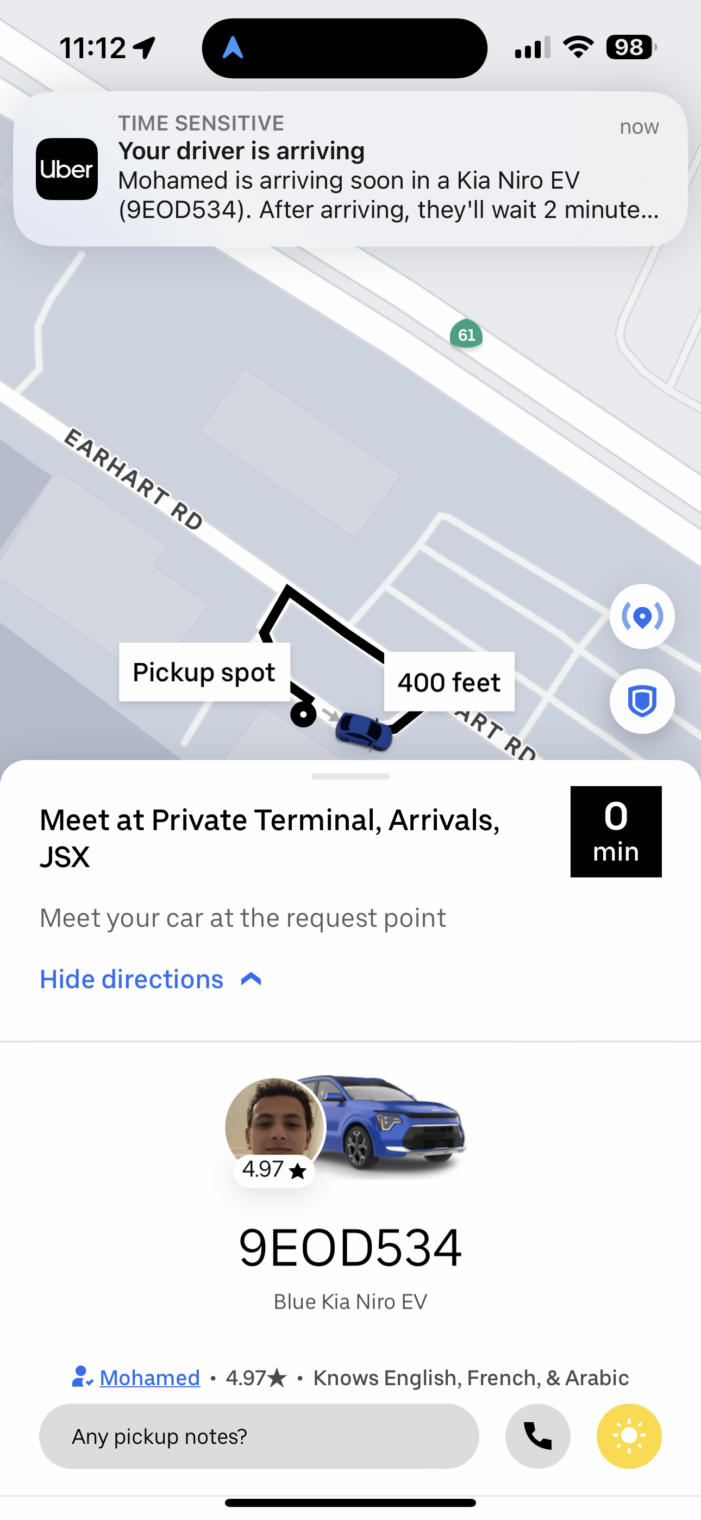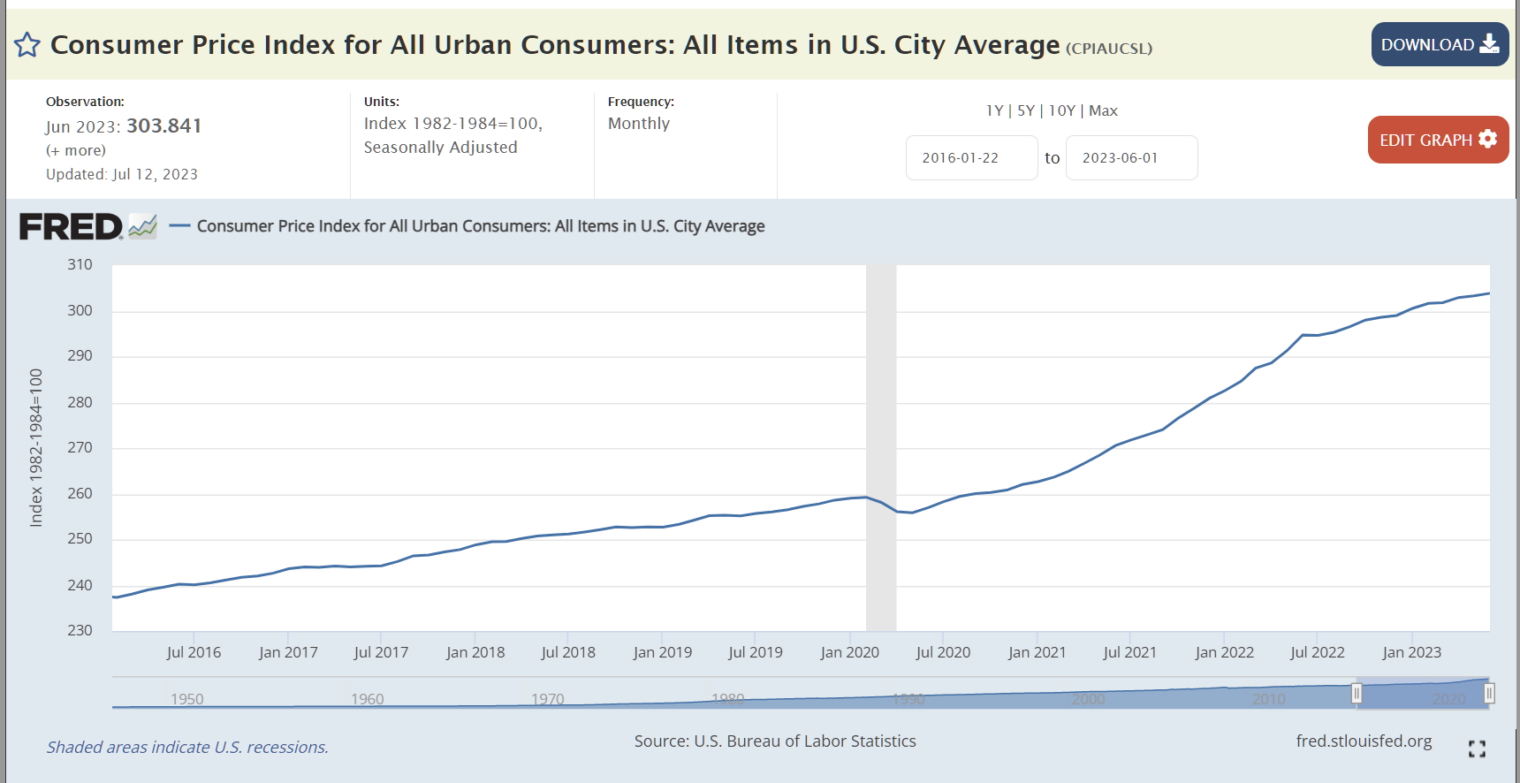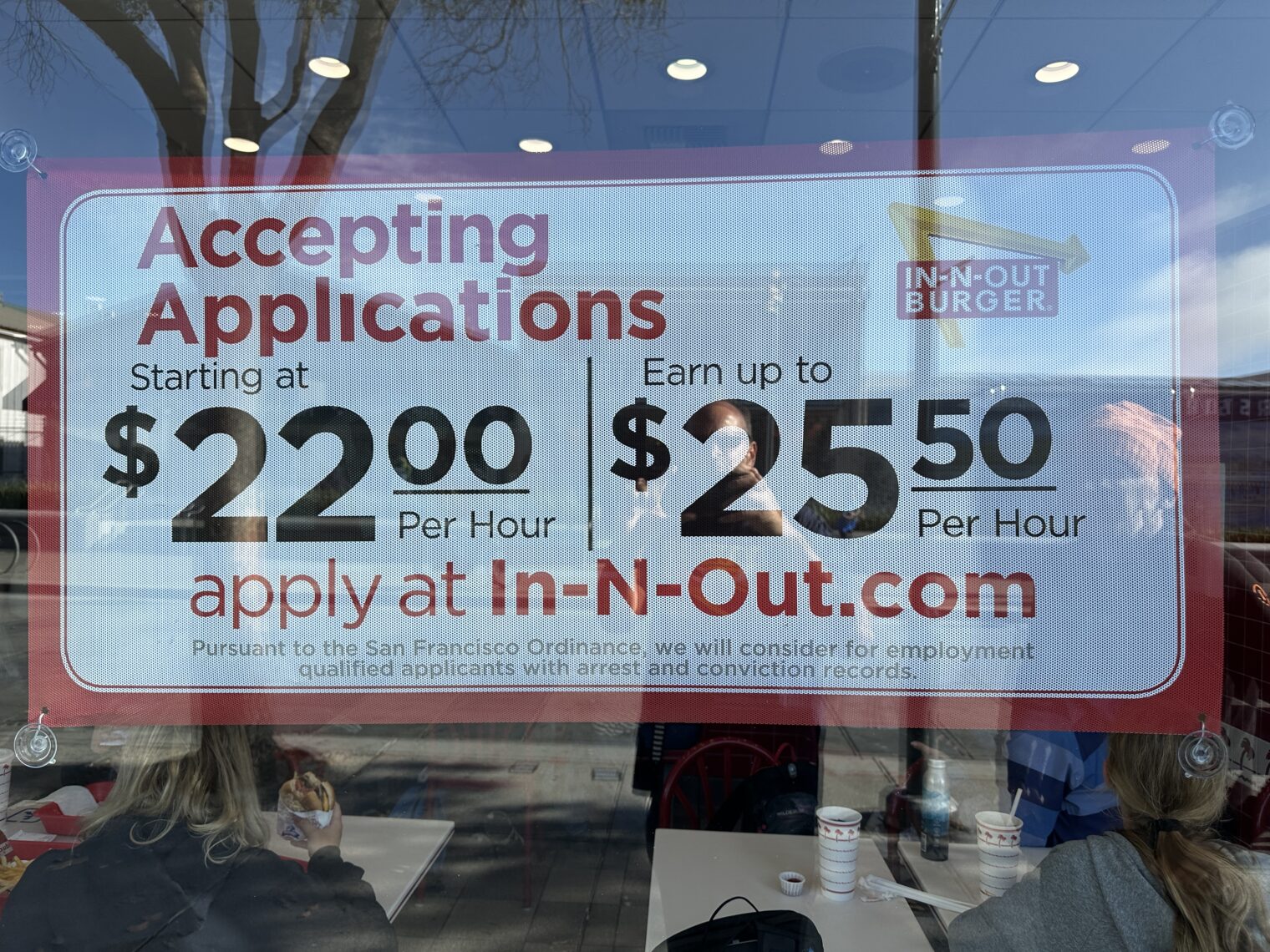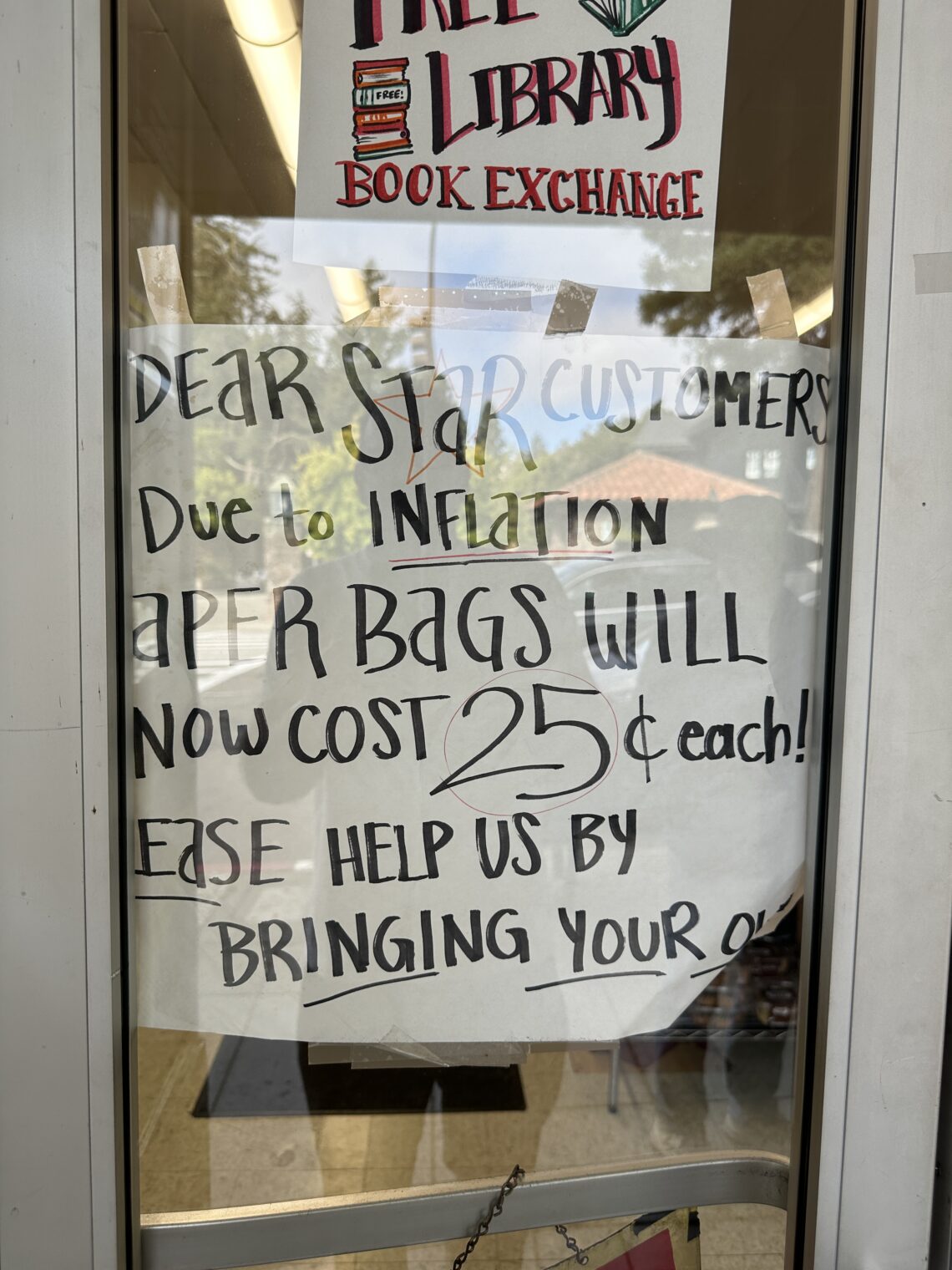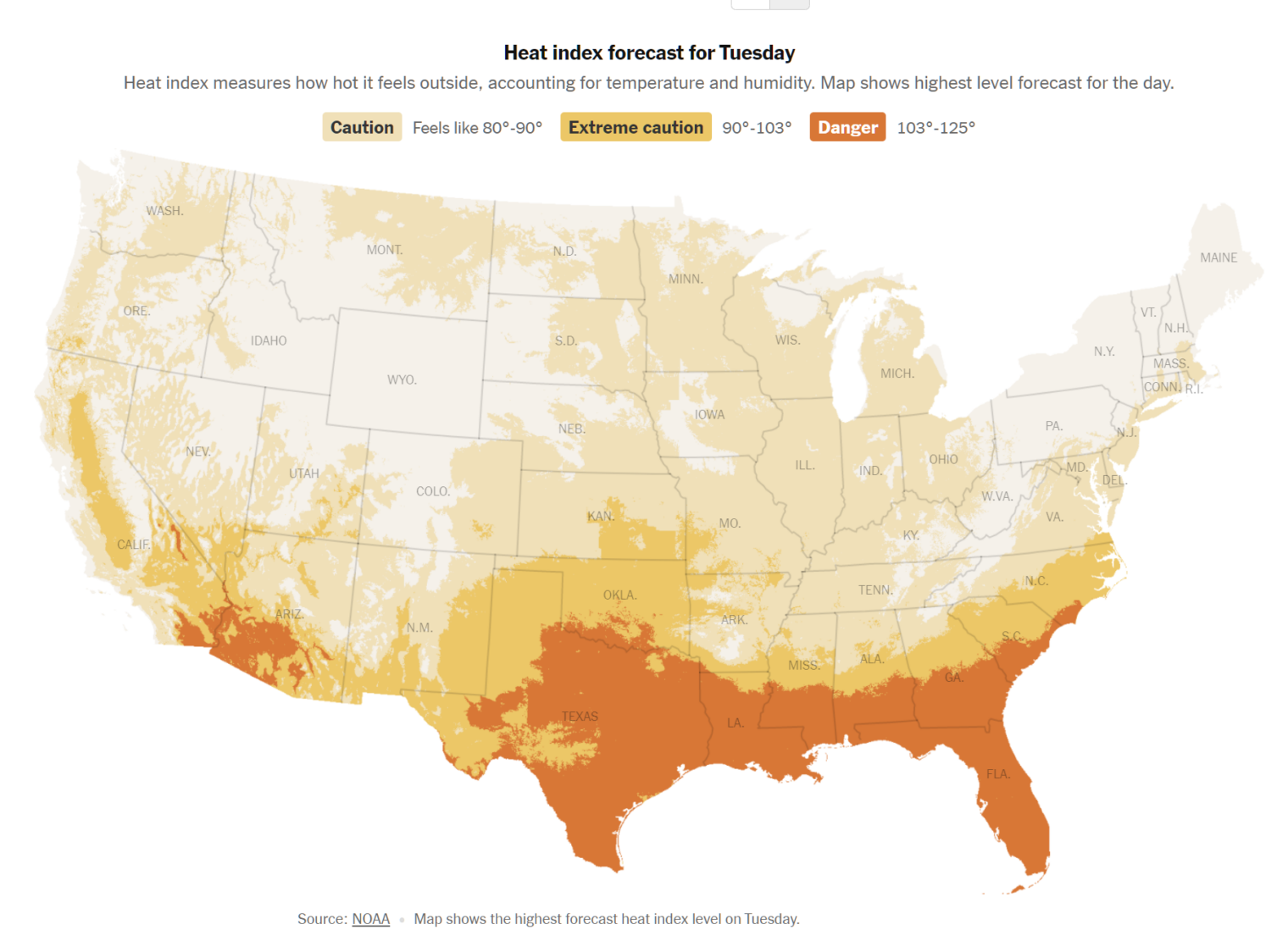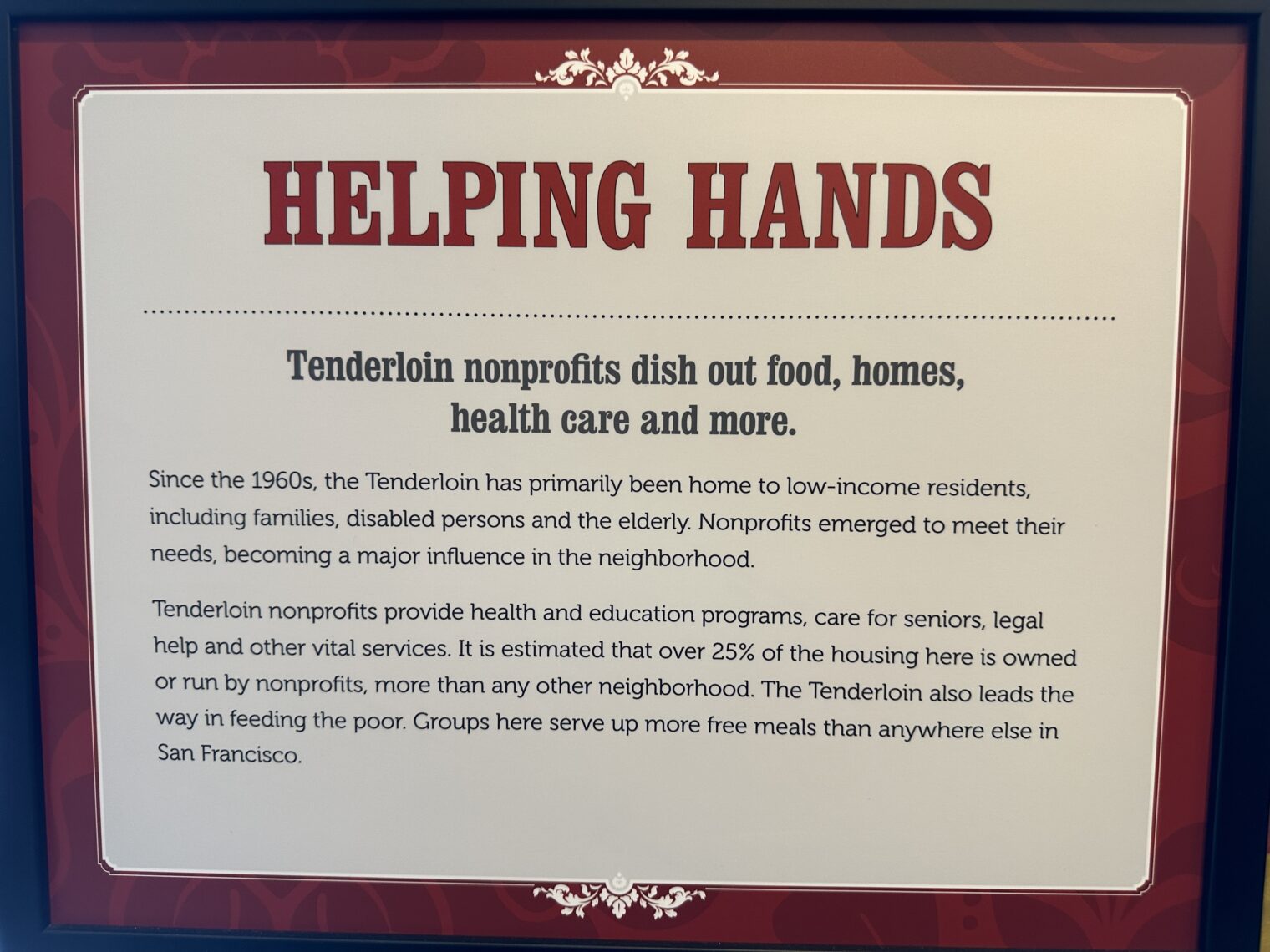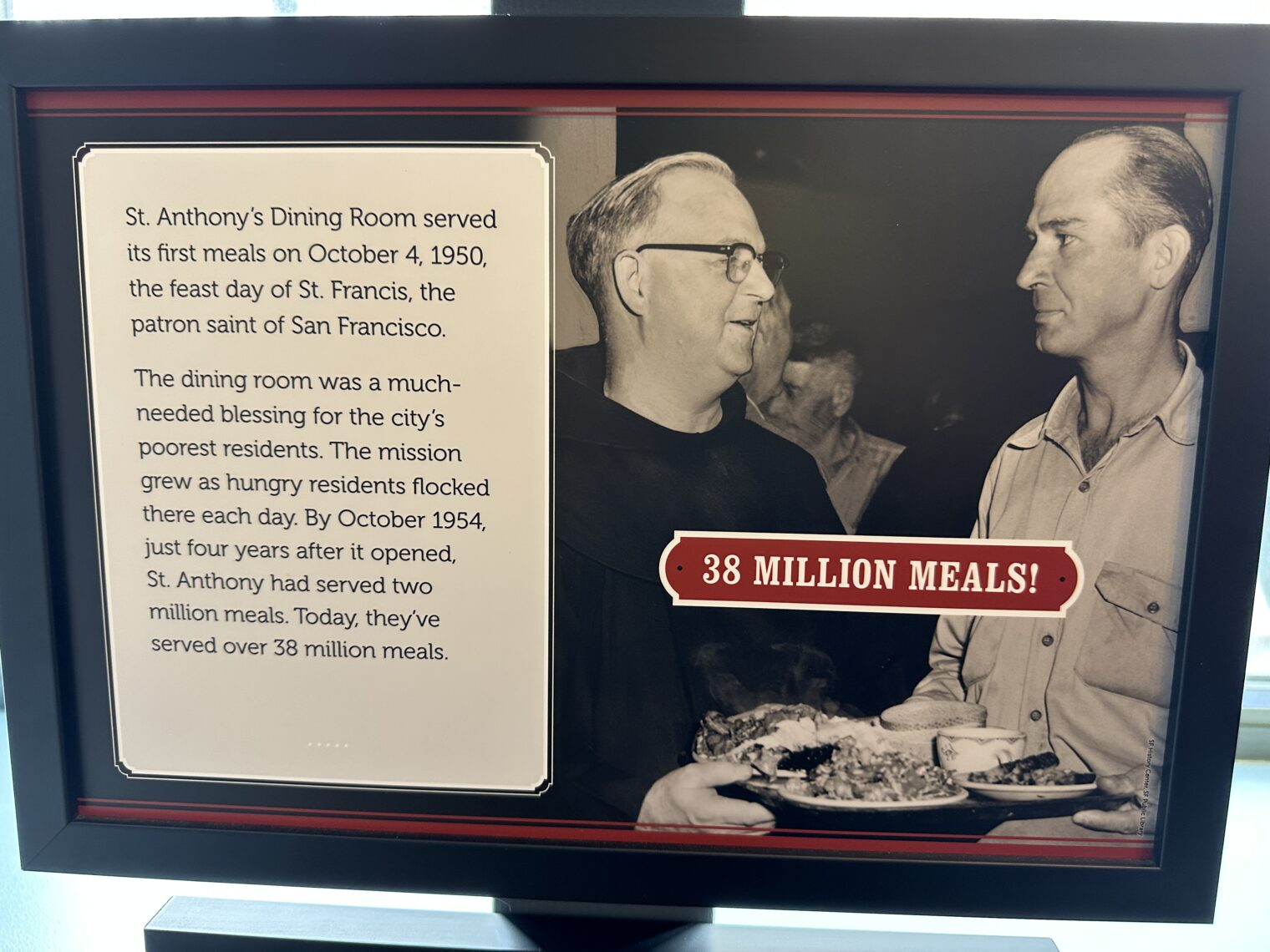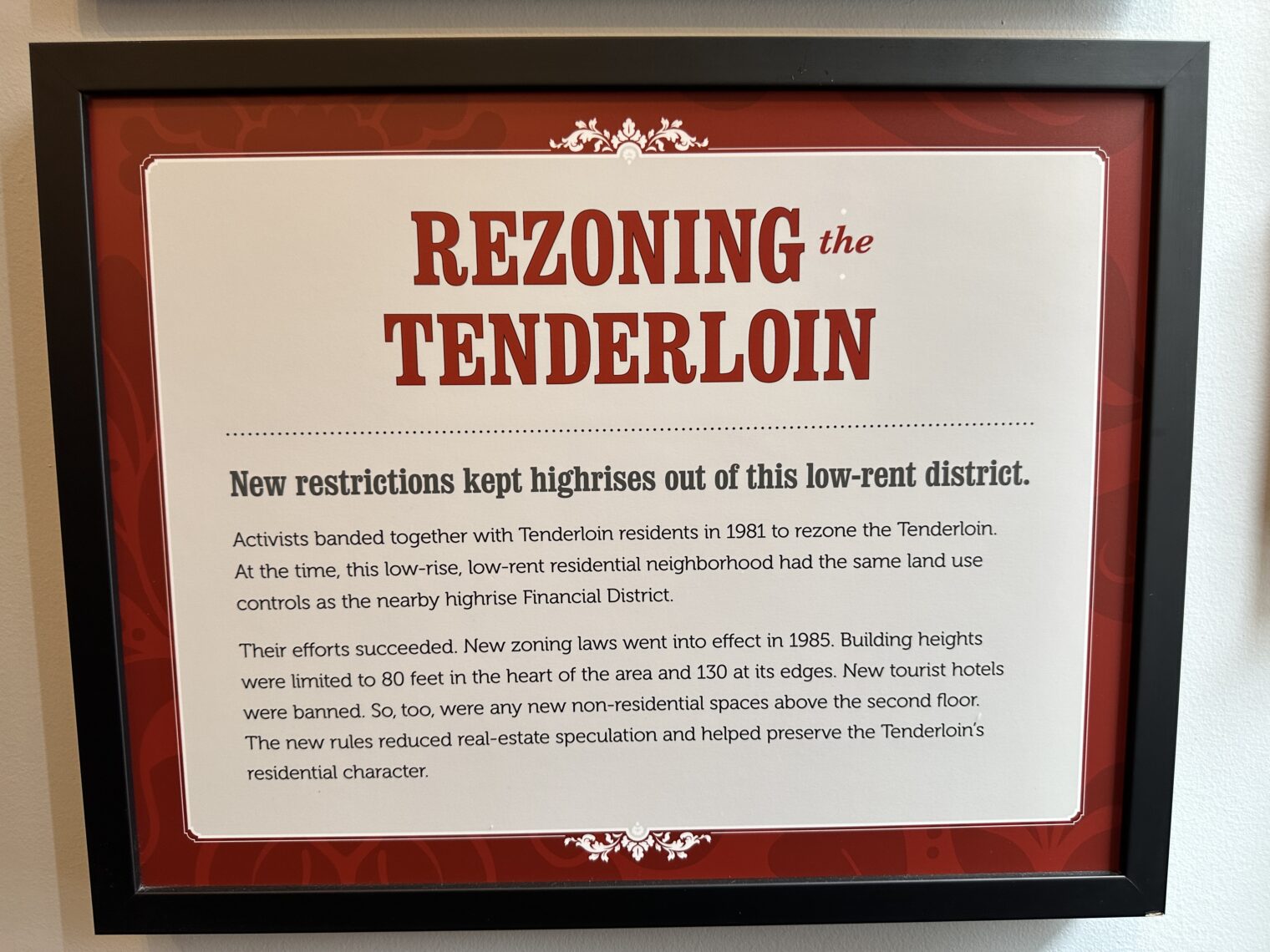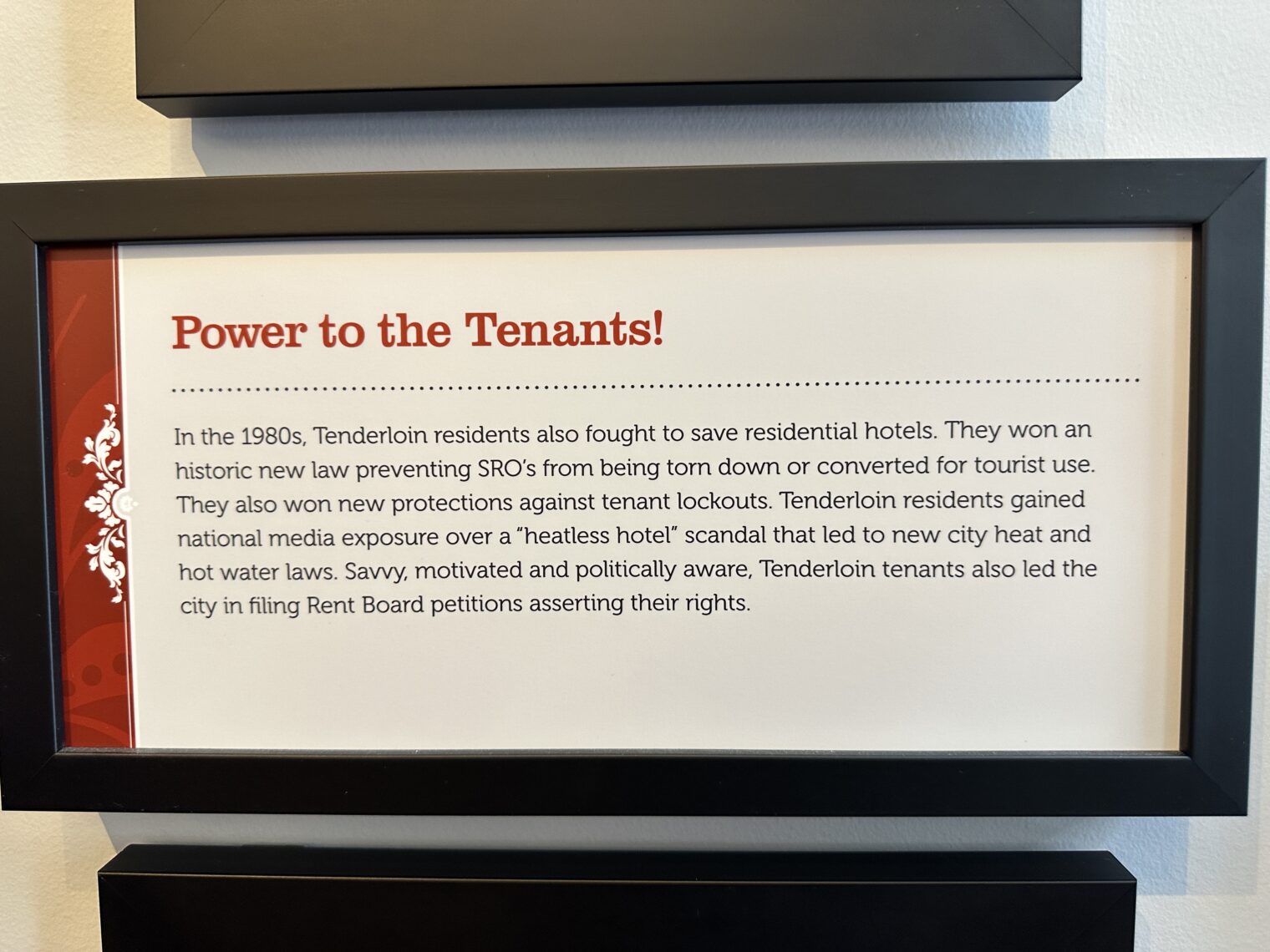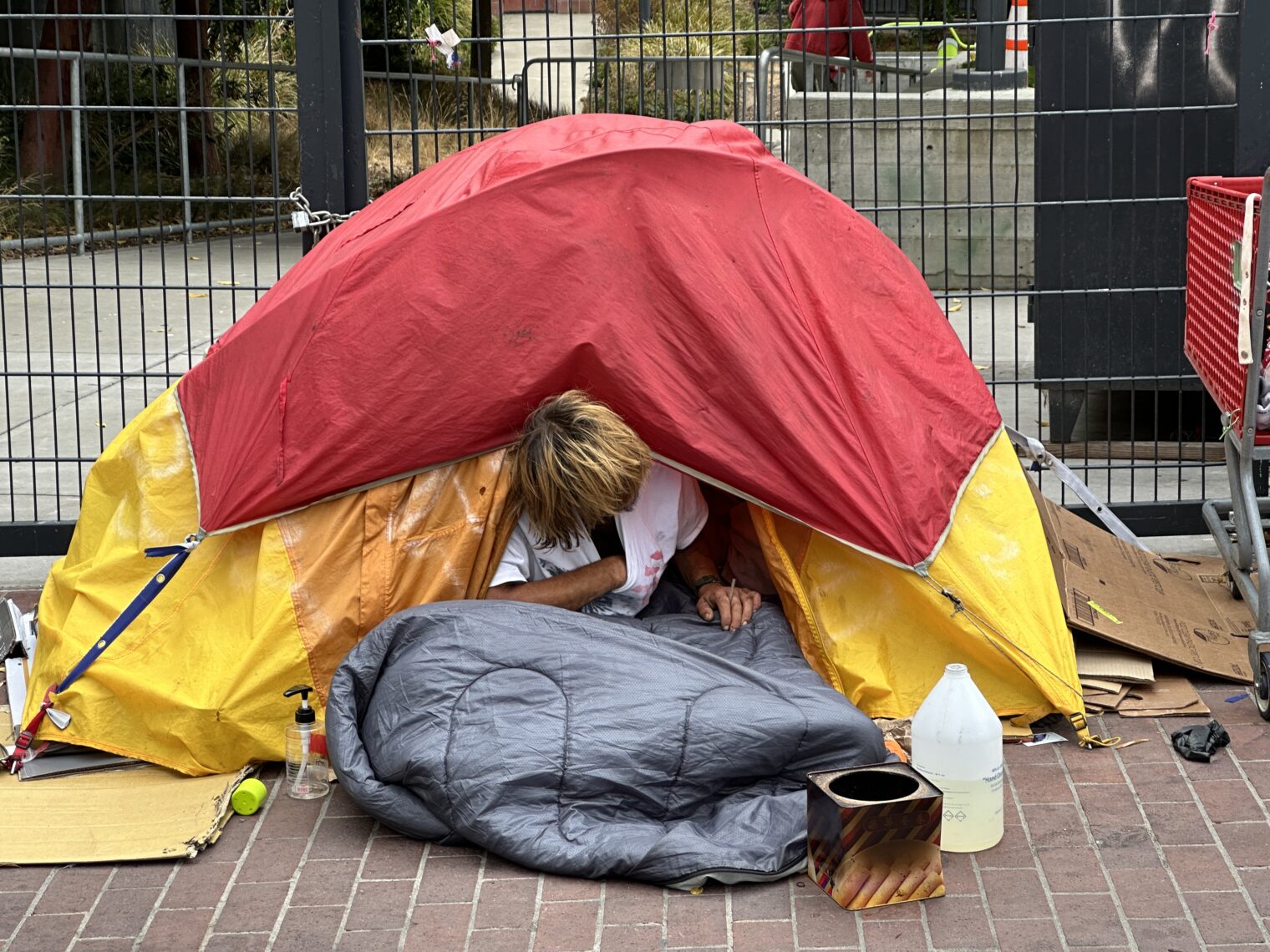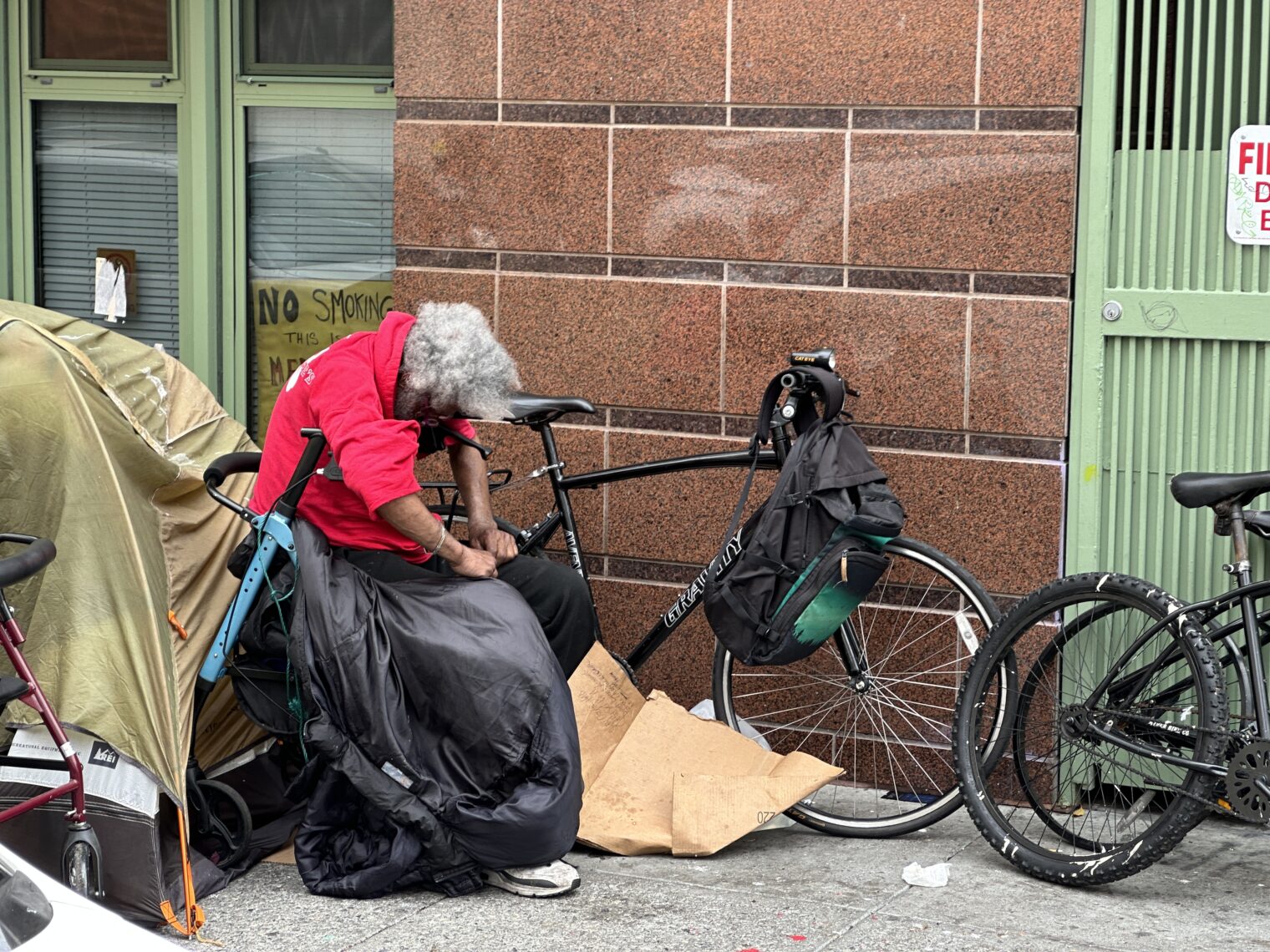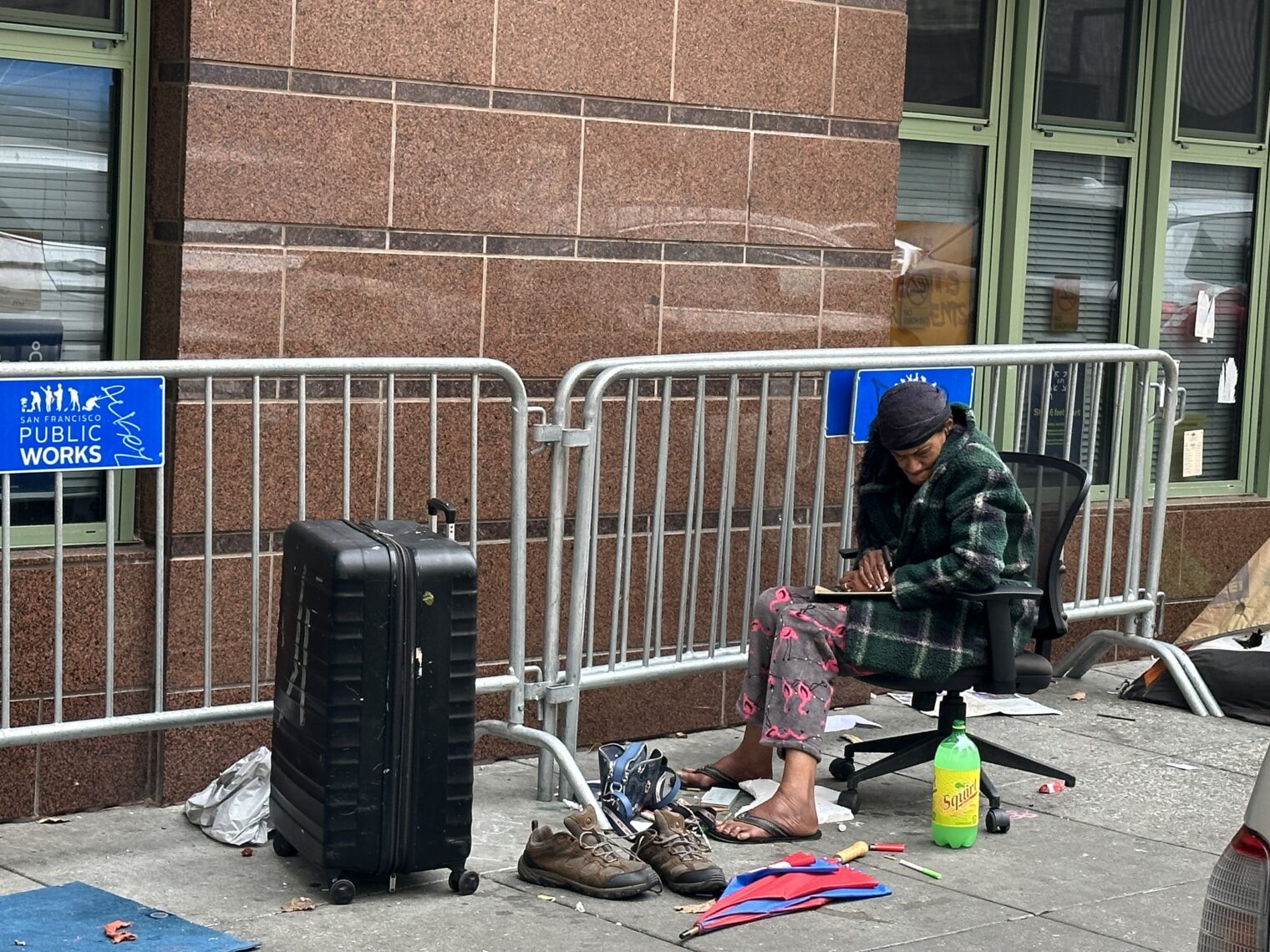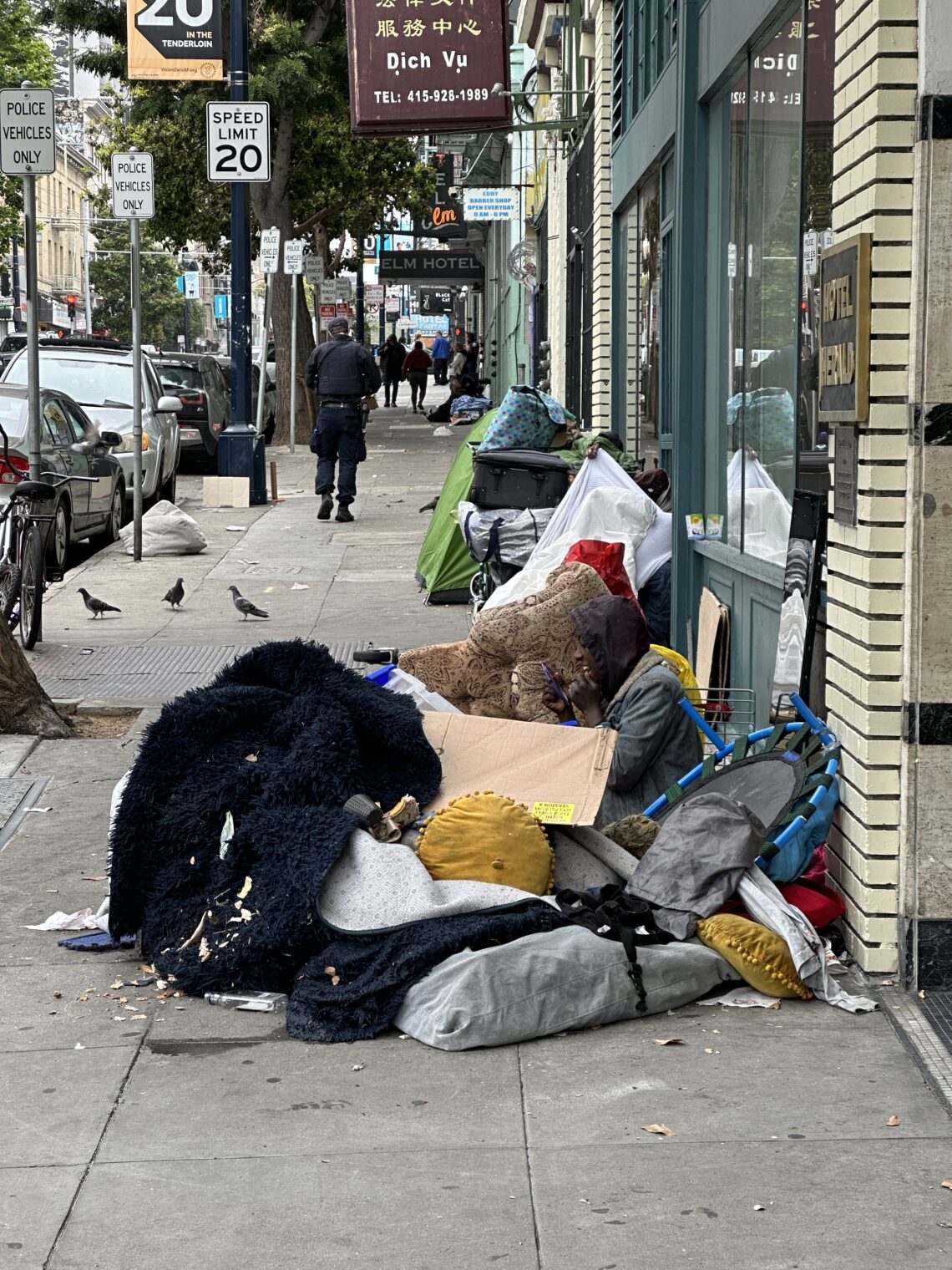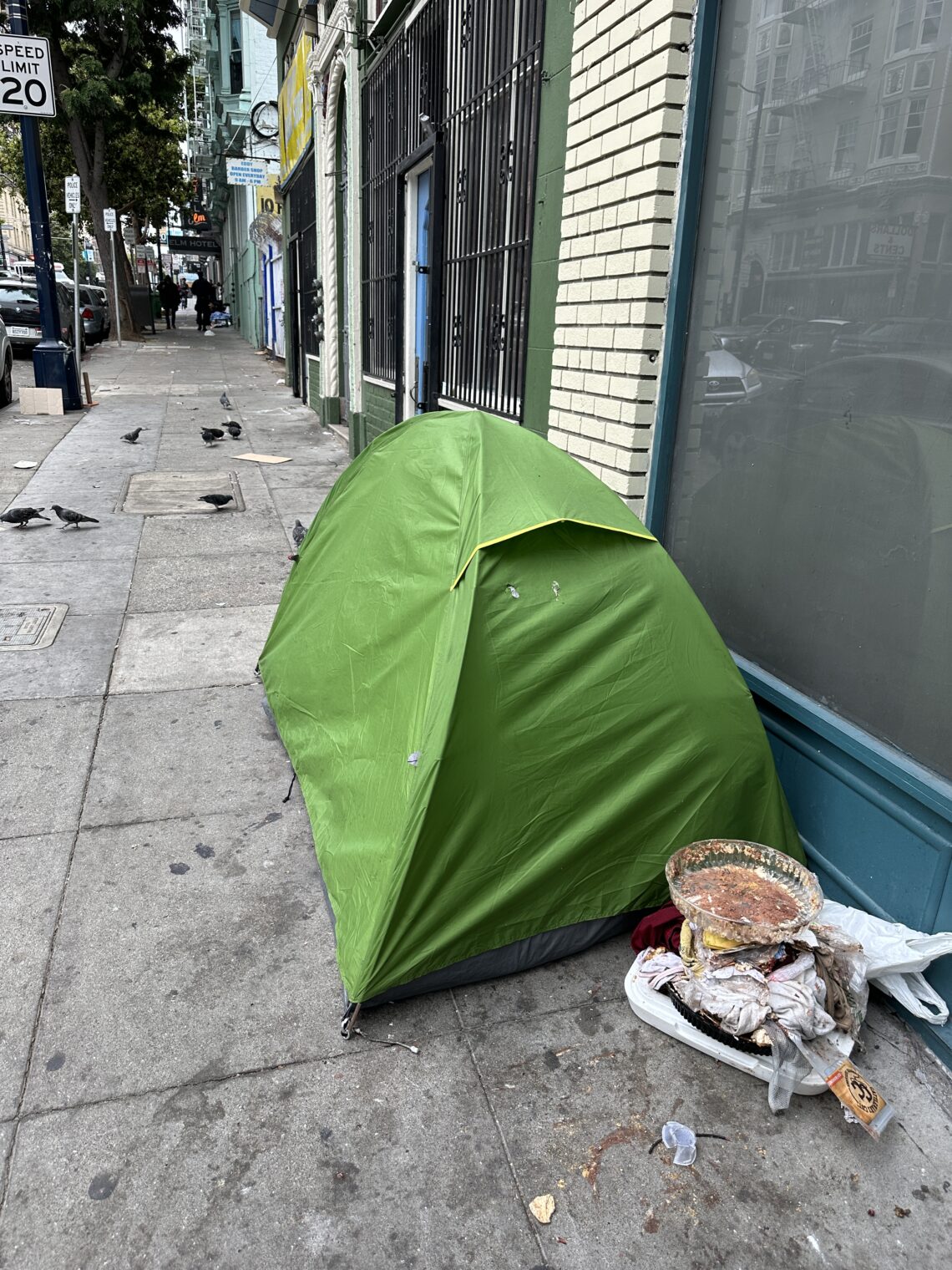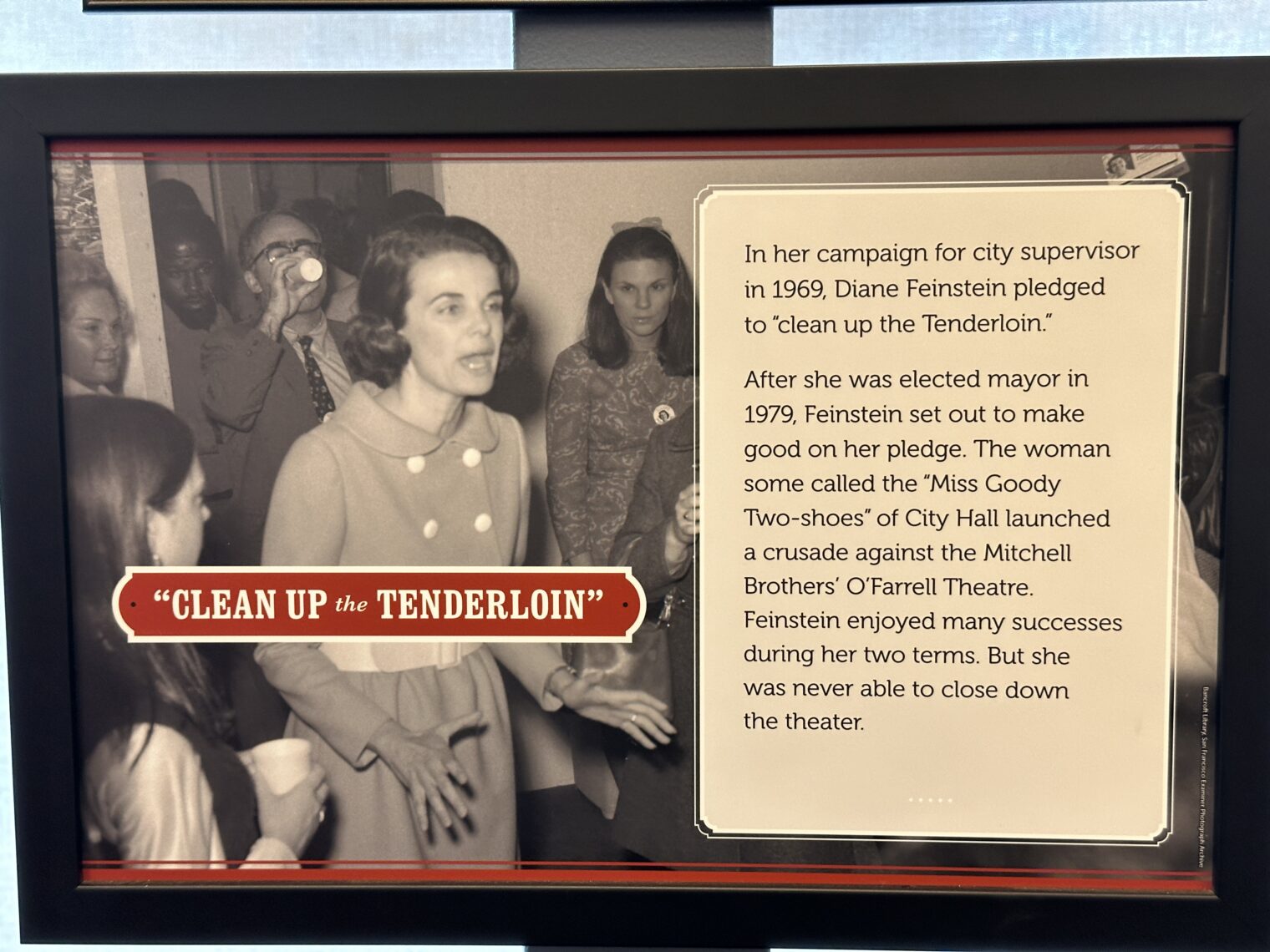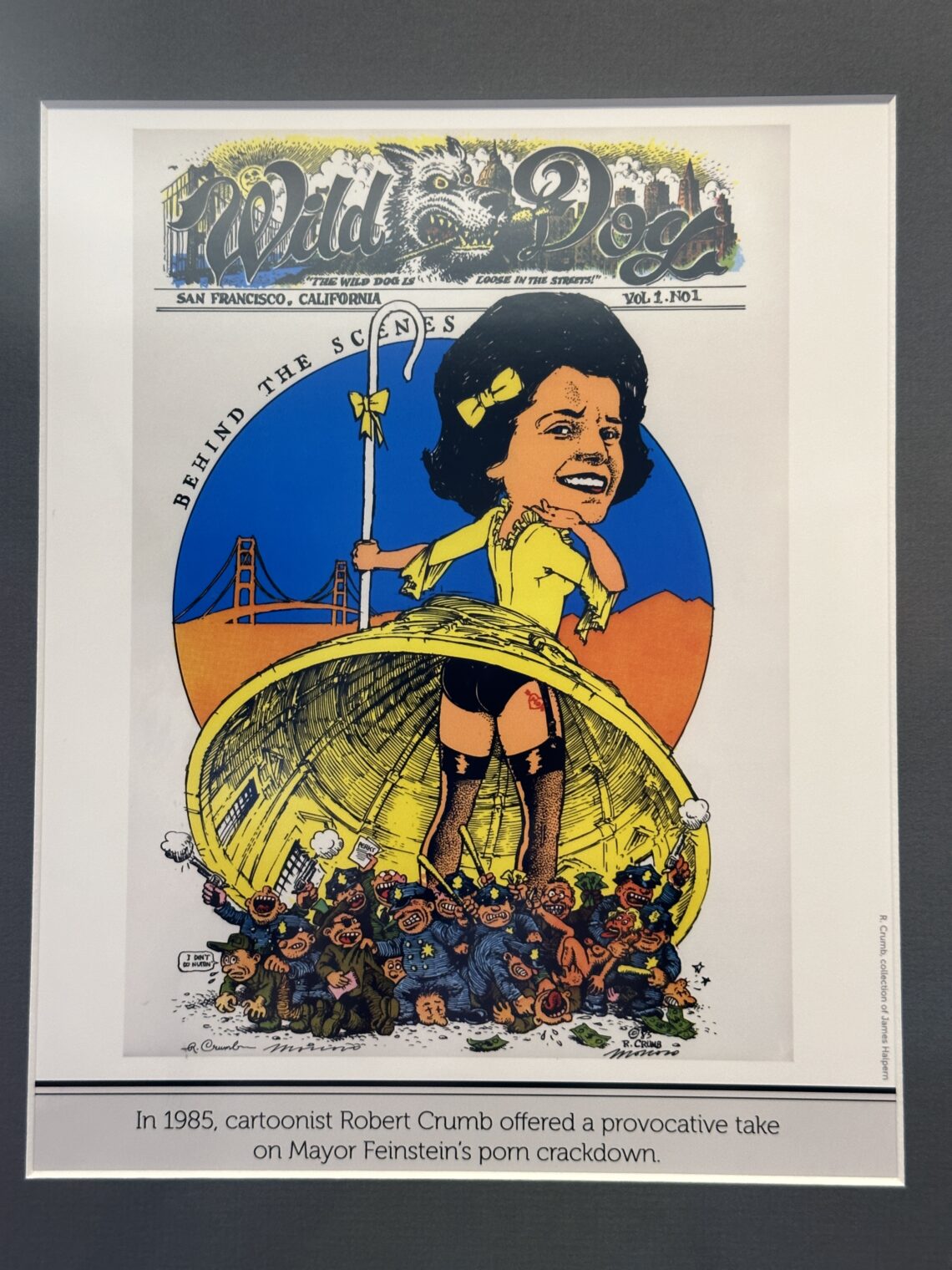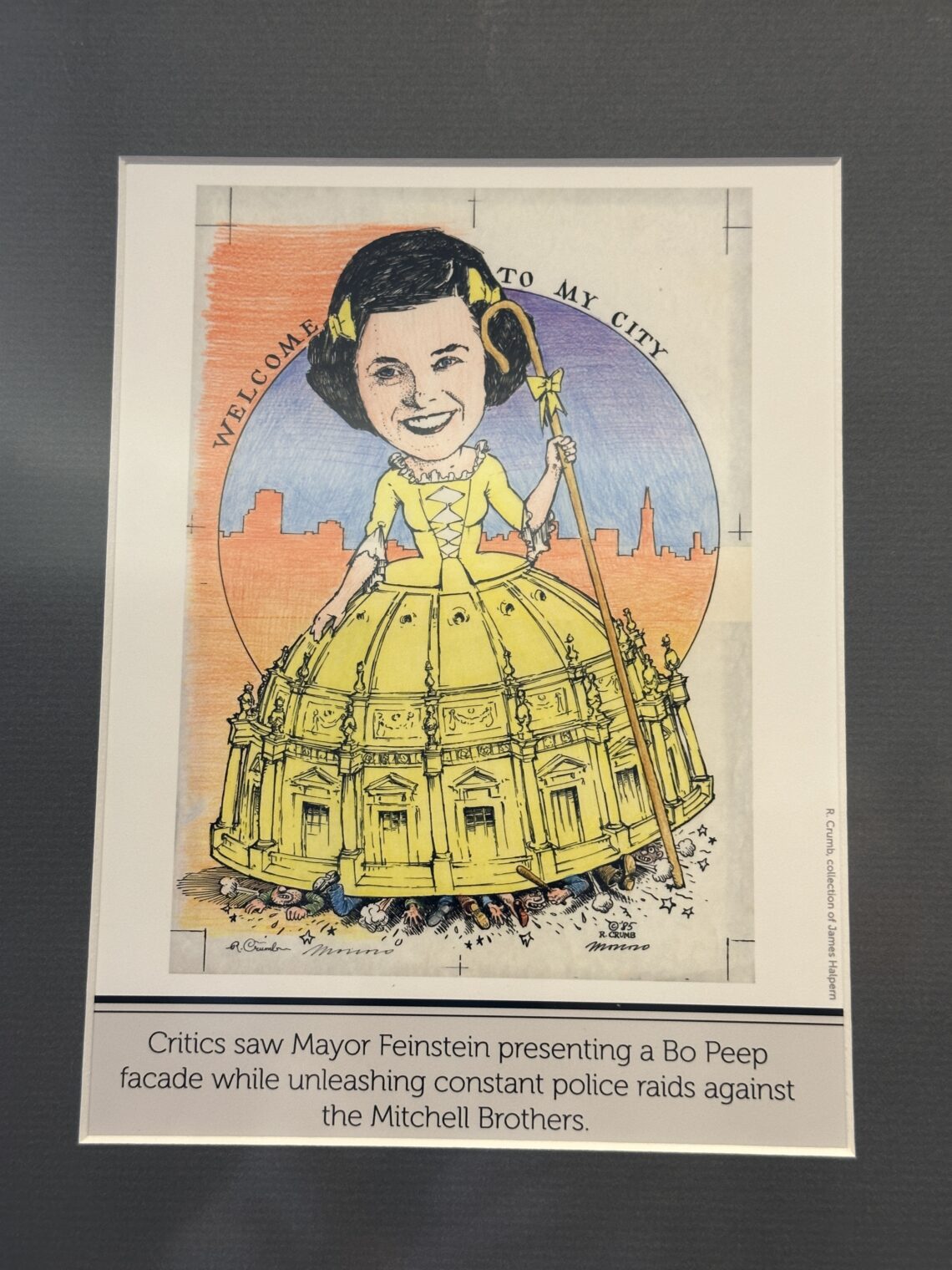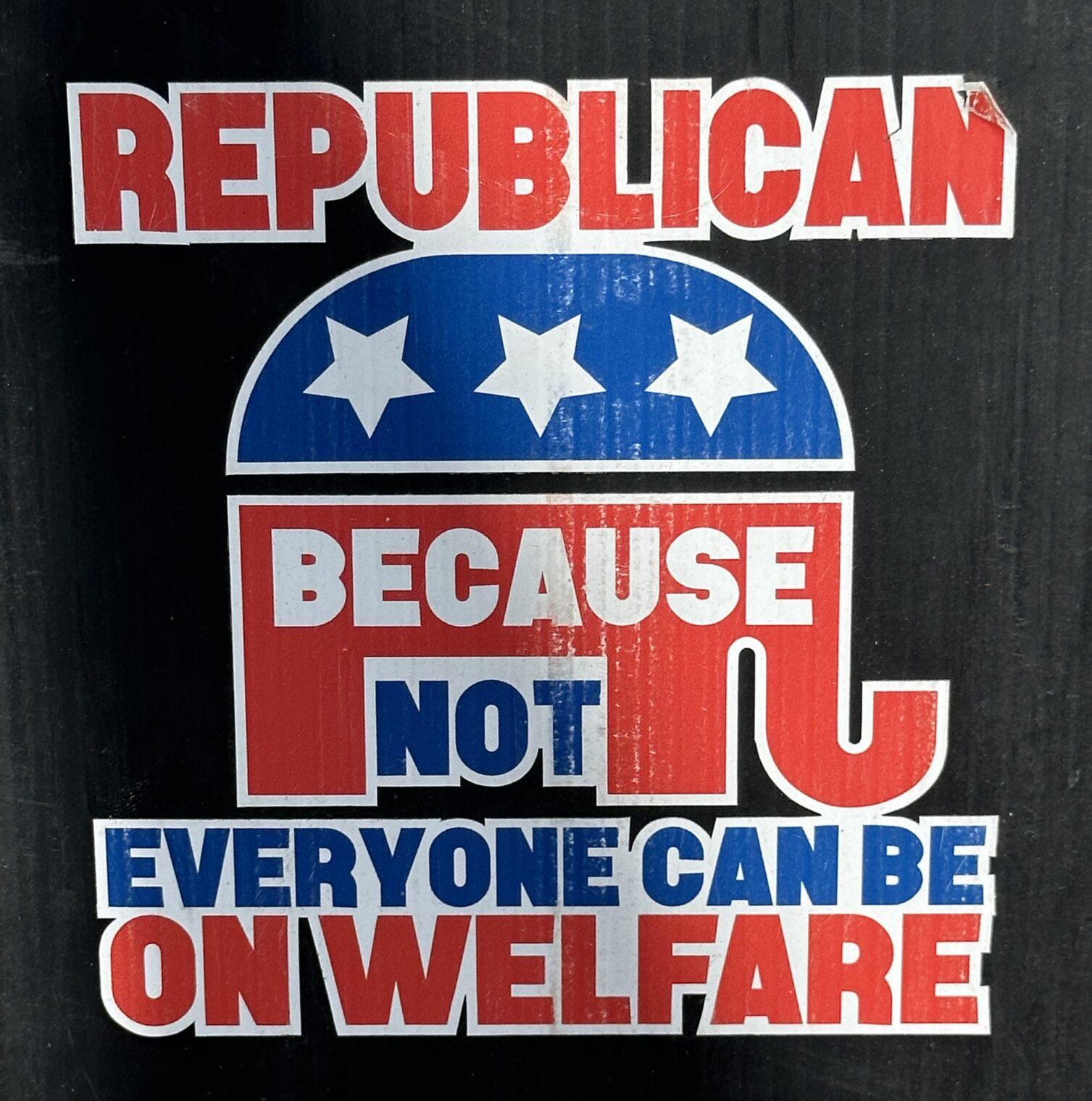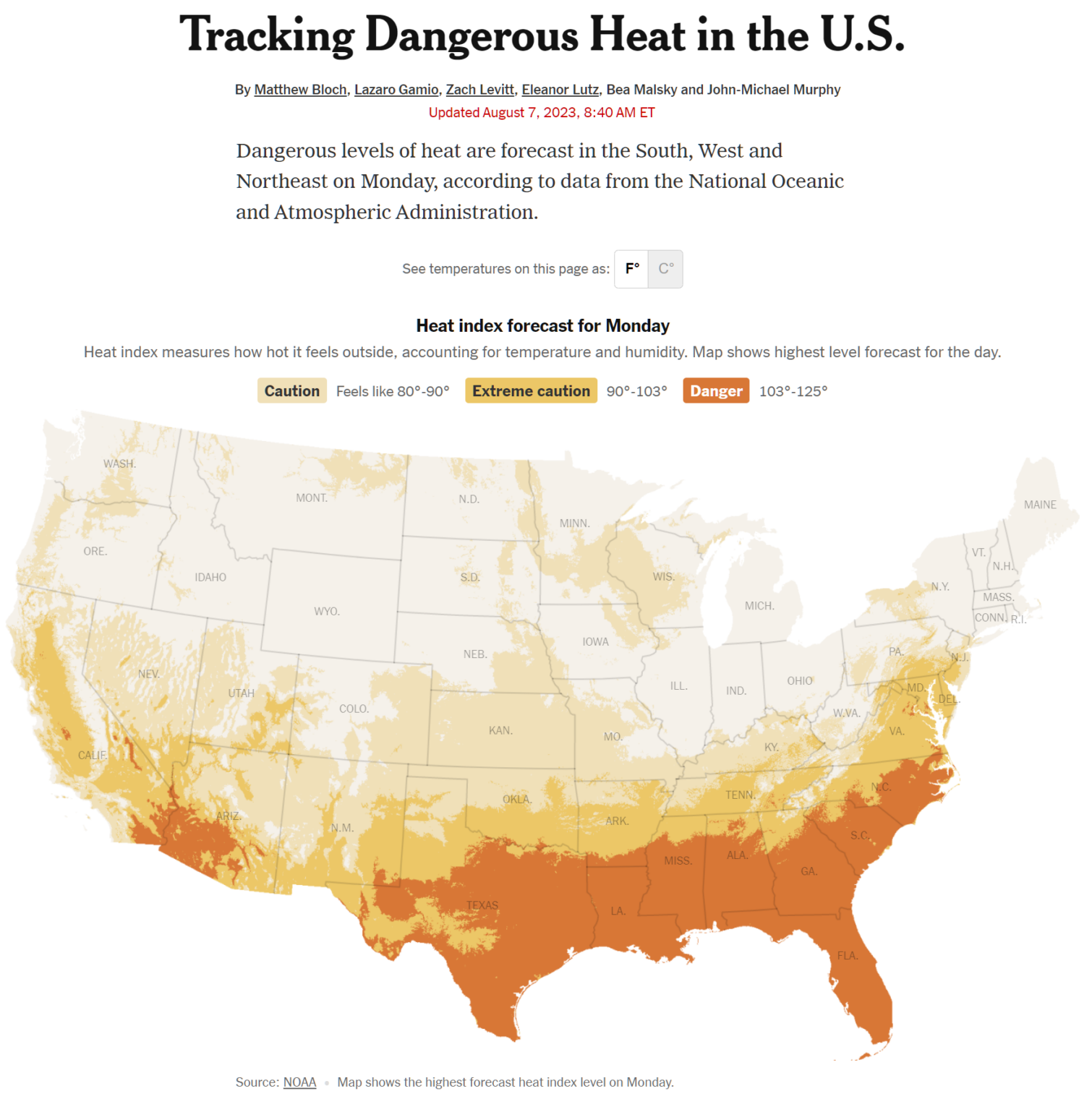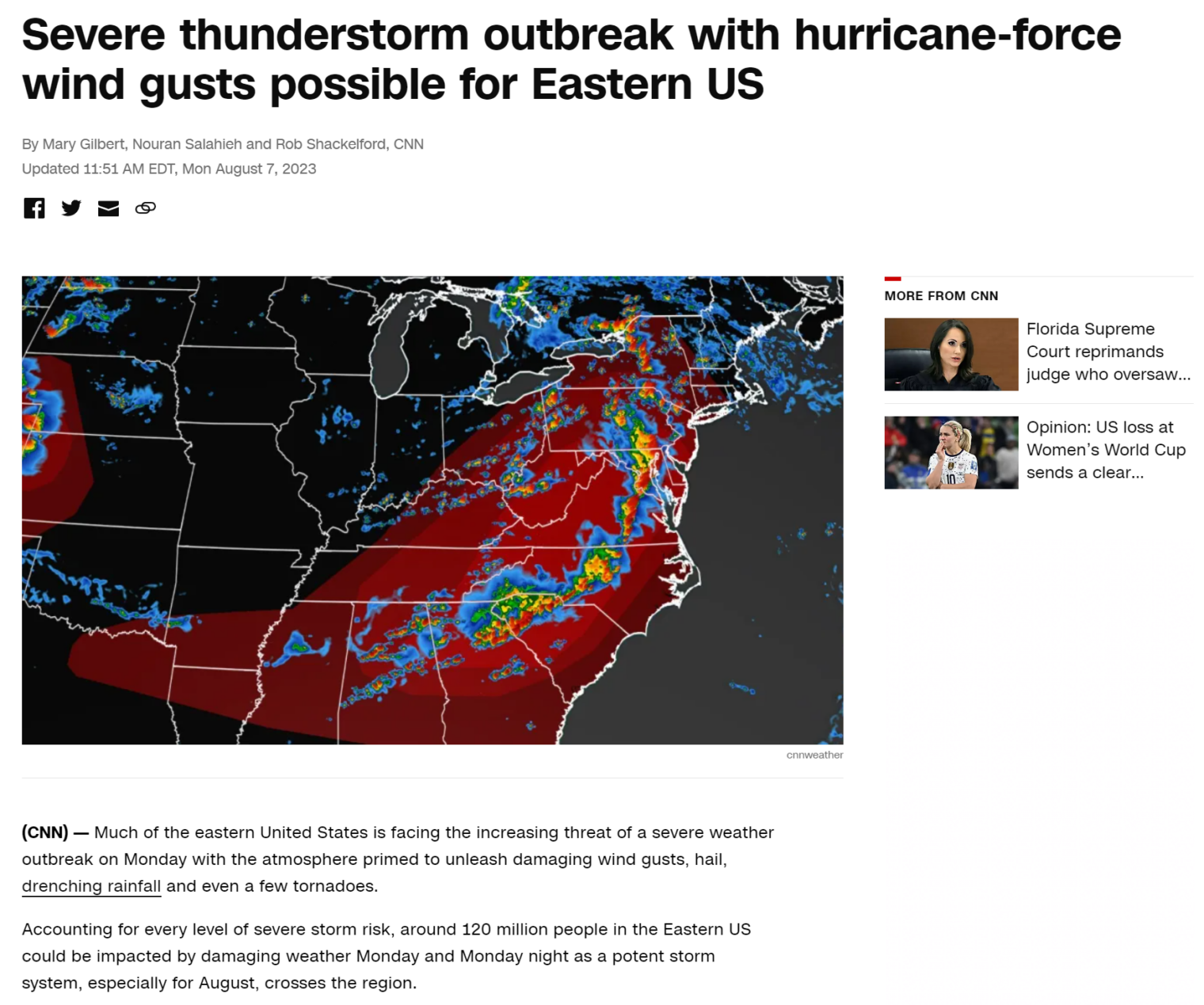Polestar 2 and BART
In Los Angeles, I rented a Chinese-made Polestar 2 electric vehicle from Hertz. Here’s one of their PR images:
The experience of driving my Nevada-registered car in California was wonderful. The car crushes the road at 4,500 lbs., doing far more damage than a (much lighter) Honda Accord or Toyota Camry. Had the car been California-registered, it would have been subject to an absurdly low $100 fee for use of the roads, nowhere near what a peasant driving a 2010 Toyota Camry pays in gas tax. But because the car was registered in Nevada, my laptop-class use of the highways was entirely paid for by peasants who will never be able to afford a fancy new EV. This is part of California’s plan for addressing the inequality crisis (of not enough inequality?).
I wouldn’t personally buy this fine Swedish/Chinese machine because it lacks a Dog Mode and, therefore, Mindy the Crippler would never forgive me. However, the car is nicer in many ways than a Tesla. There are more buttons for critical controls, for example. Instead of sticking an touchscreen in the middle and calling that a dashboard, there is a virtual instrument cluster behind the steering wheel. This can be set to display mostly a map with directions.
The Polestar 2 seemed quieter than the Tesla 3 and CarPlay support, which Tesla lacks, made it easy to jump in and go. I couldn’t figure out how to turn on the automatic steering (there was no hardcopy manual in the car; there is an online explanation, but I can’t understand it). The adaptive cruise control seemed to be somewhat smoother and smarter than what we have on our beloved 2021 Honda Odyssey. If you’re accustomed to a conventional car, the transition to the Polestar 2 is quicker and easier than with a Tesla (see Douche for a Day: a Tesla 3 from Hertz).
I’m glad that Hertz didn’t try to kill me with a gas-powered BMW, which California’s public health experts say is deadly to the person who dates to “operate” it:
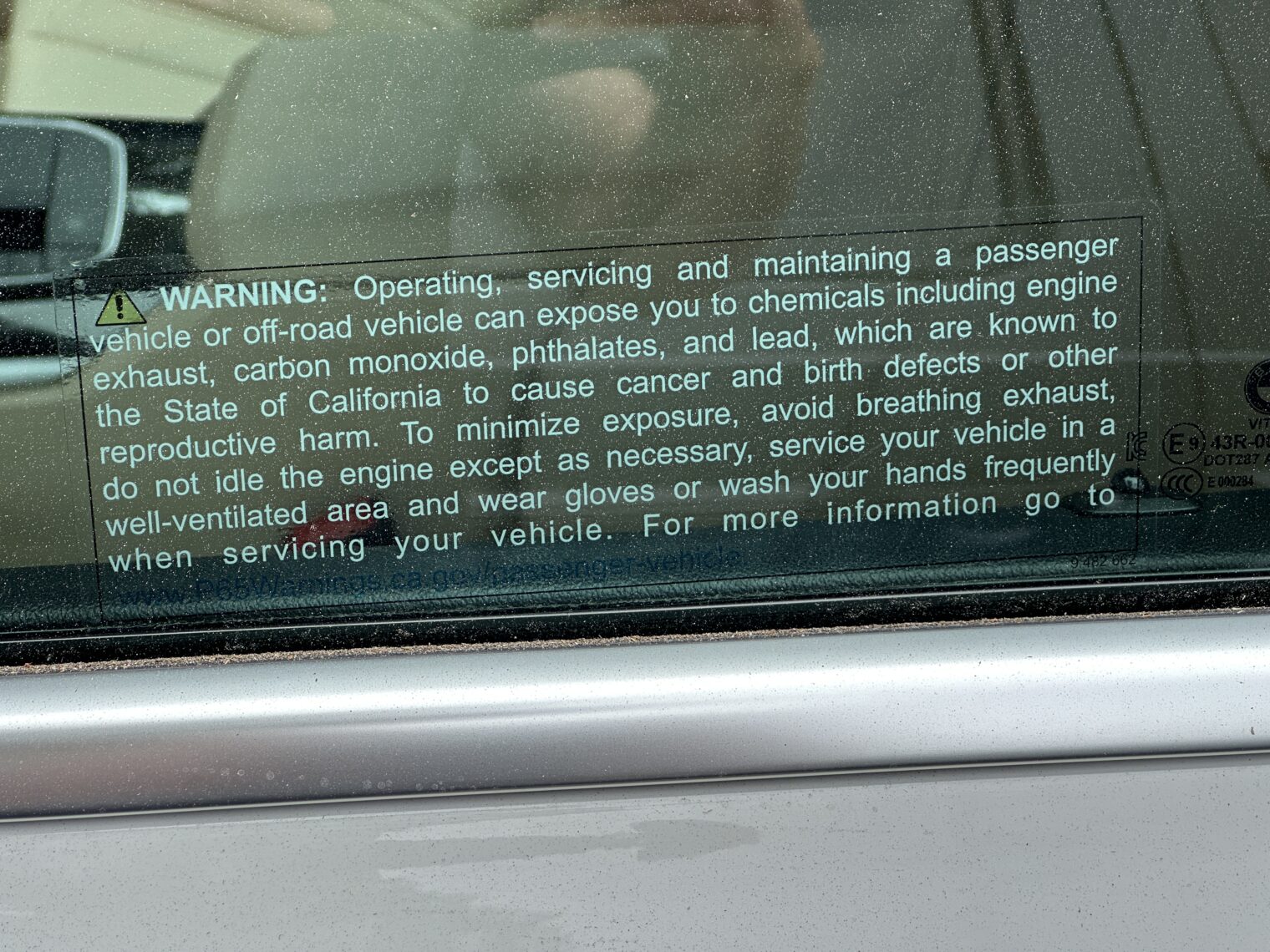
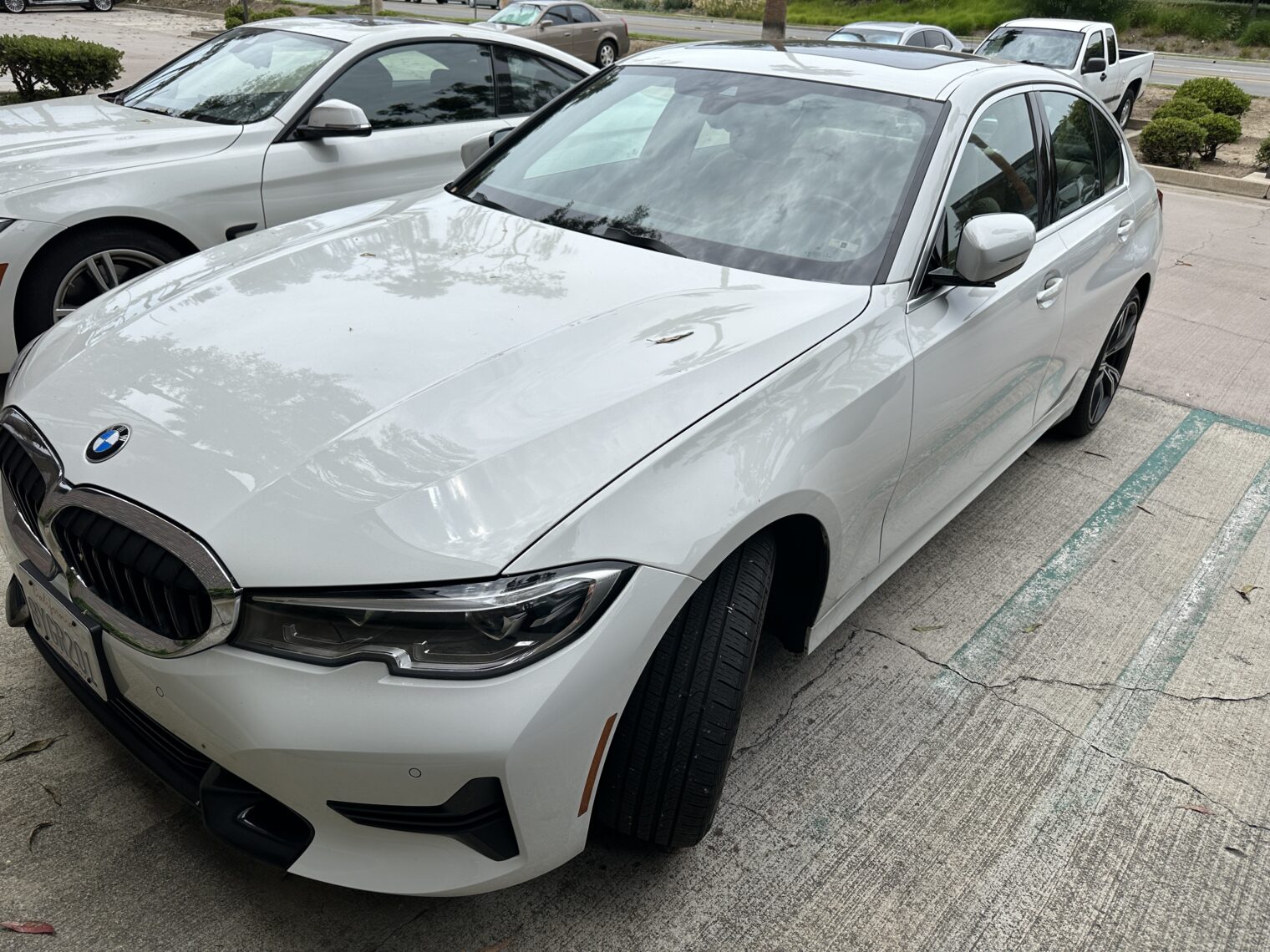
Los Angeles traffic seems to be as bad as ever, despite the large number of people who pretend to work from home. The locals who joined me for an 8 am business meeting had all left their houses before 6 am and then waited at coffee shops near the destination for an hour so as to avoid being stuck on the freeways. Everyone who had gathered then wanted to flee no later than 2 pm so as to avoid the afternoon gridlock. Is reliance on private cars rational? Any time that I checked Google Maps it showed that public transit would take more than twice as long as driving, no matter how bad the traffic.
After my JSX trip BUR/OAK, we had a small gathering of readers of this blog essentially at the Rockridge BART station. A sign from the Rockridge Market Hall:
They serve food and claim to be passionate about avoiding infection, but I couldn’t find any bathroom for handwashing. Eventually a couple of us ended up across the freeway at Trader Joe’s in the all-gender restrooms:
I decided to take BART into the city, another way for elites to collect subsidies from peasants (mass transit riders earn more than the average American). Payment is not as advanced as in the Netherlands (tap in with any credit card and tap out once you reach your destination). You can create a virtual Clipper card for free in Apple Wallet, however, and then fund it. A BART employee came out of his booth to show me, carefully donning a cloth mask before emerging (I noticed the same behavior among other BART workers in booths).
BART runs so infrequently at mid-morning that it would actually have been faster to get an Uber from station to station than to ride BART from station to station. (Bonus: Ubers can use the HOV-2 carpool lanes because there are always at least two humans in an Uber.) The Google Map calculation below was done while actually on an elevated BART platform.
While waiting, I was assaulted by noise from the adjacent highway and exhorted to consume pharma:
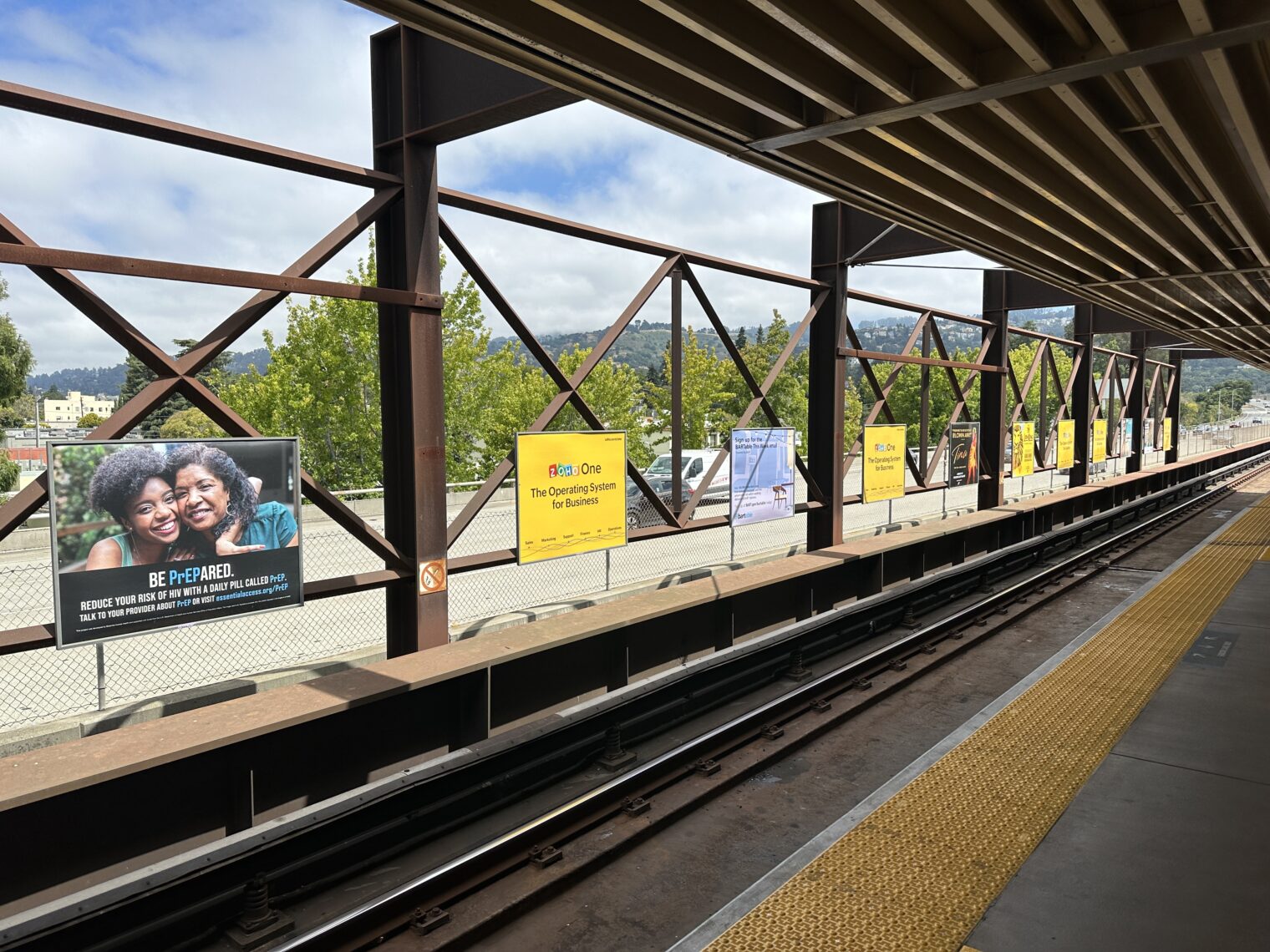
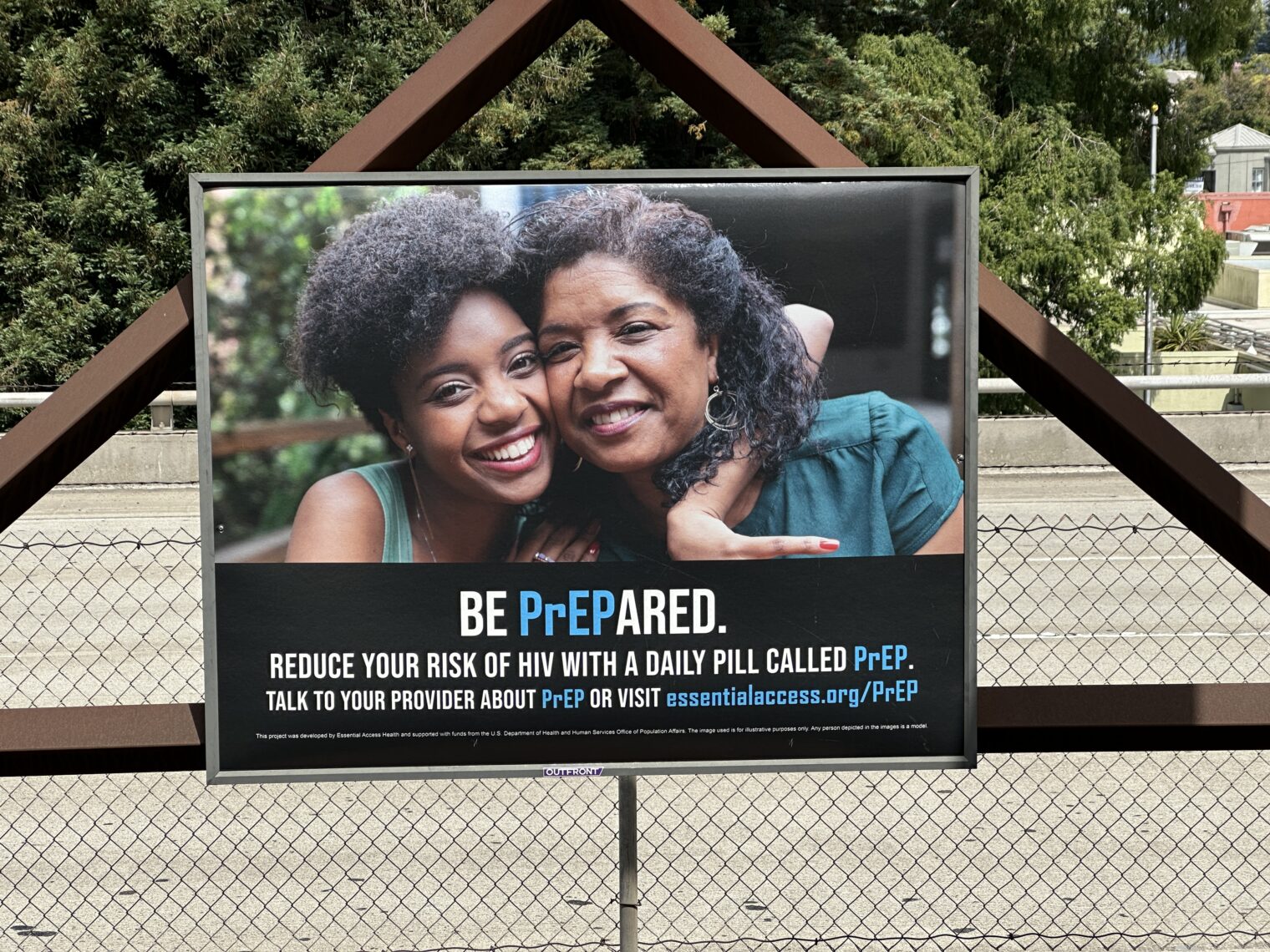
Once on the BART train fueled by a river of taxpayer cash, I learned that it is conventional to carry a large tub of Vaseline:
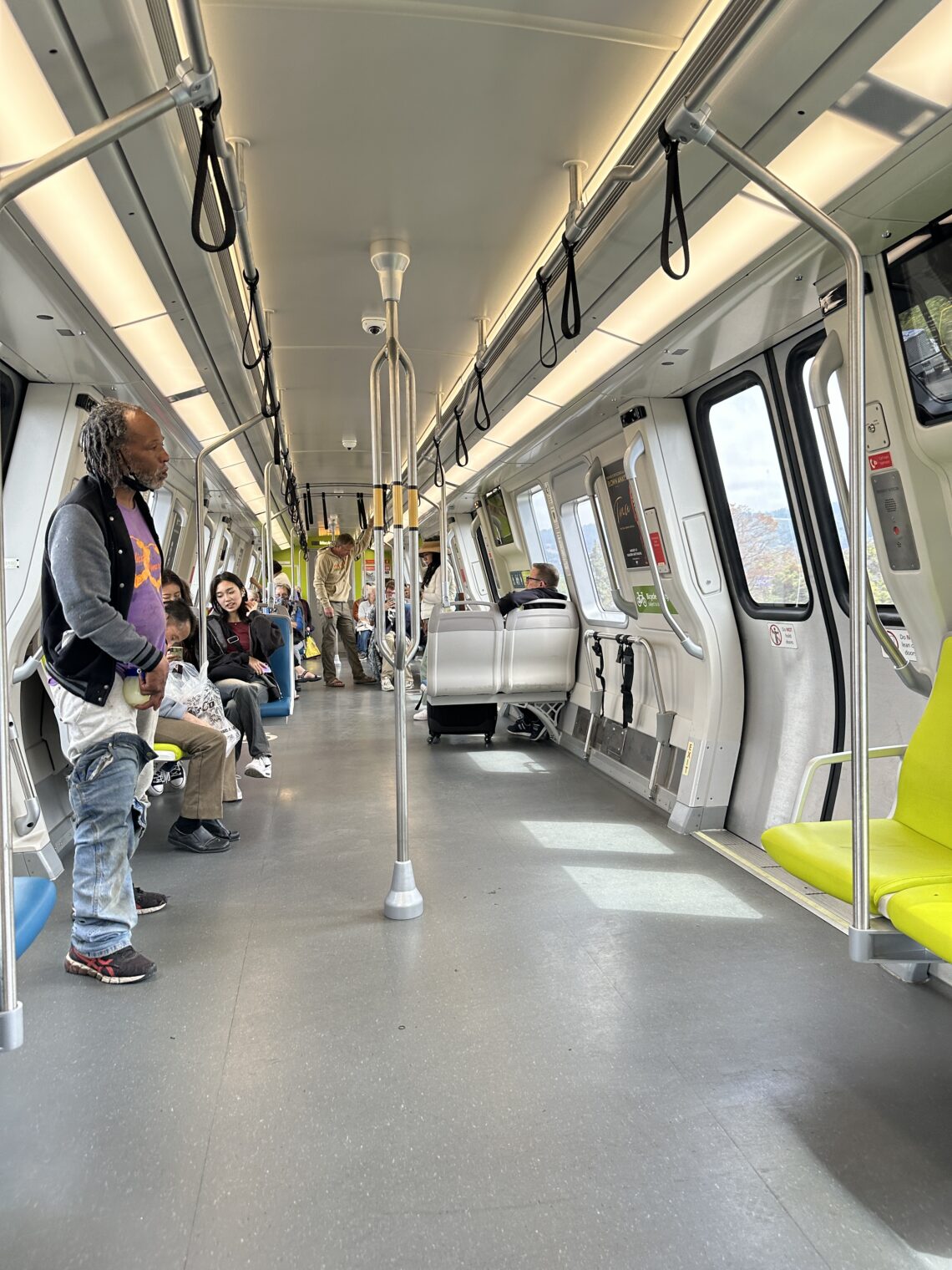
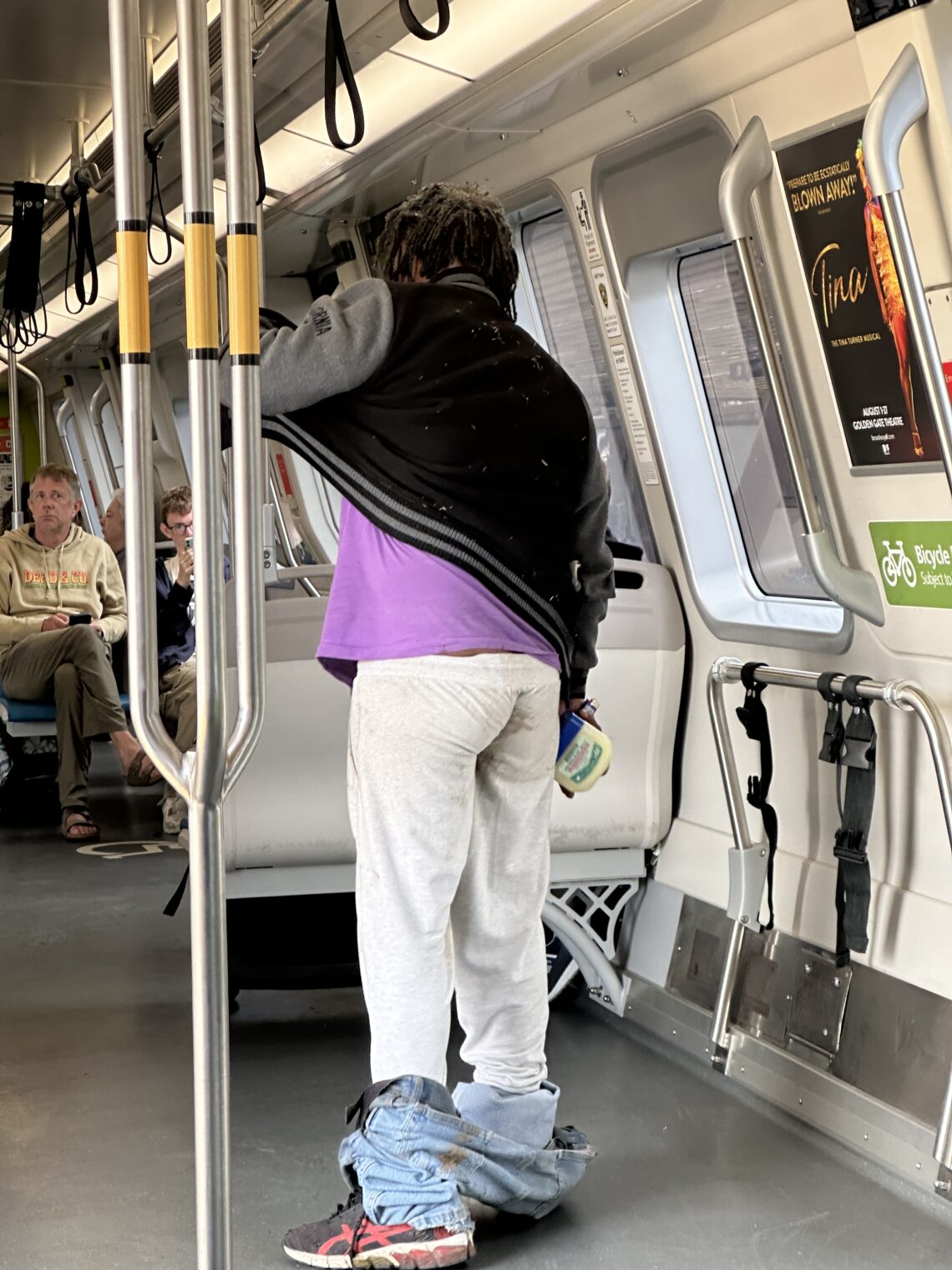
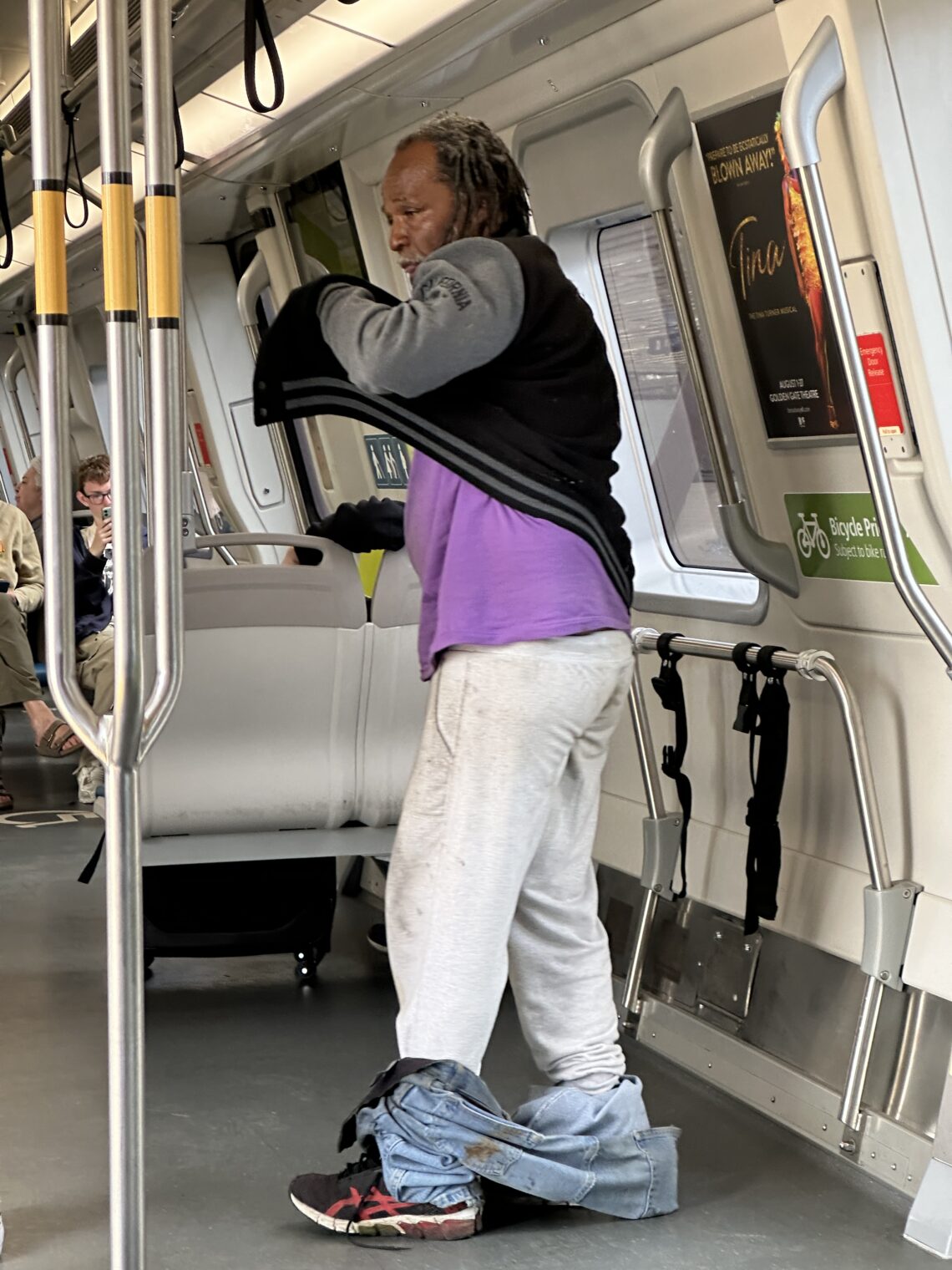
At the Embarcadero station, riders are informed that “We all deserve respect”:
January 6 insurrectionists? Harvey Weinstein, accused by California’s first lady of rape? (note that a jury was not persuaded by Jennifer Newsom’s dramatic testimony about being unable to escape the obese elderly aggressor) The haters who say that Harvey Milk did something wrong by having sex with a 16-year-old? Do they all deserve respect?
A friend picked me up downtown and we proceeded in his car to a parking garage, where we were warned by public health experts and also about the potential for noble locals to liberate anything left in the car:
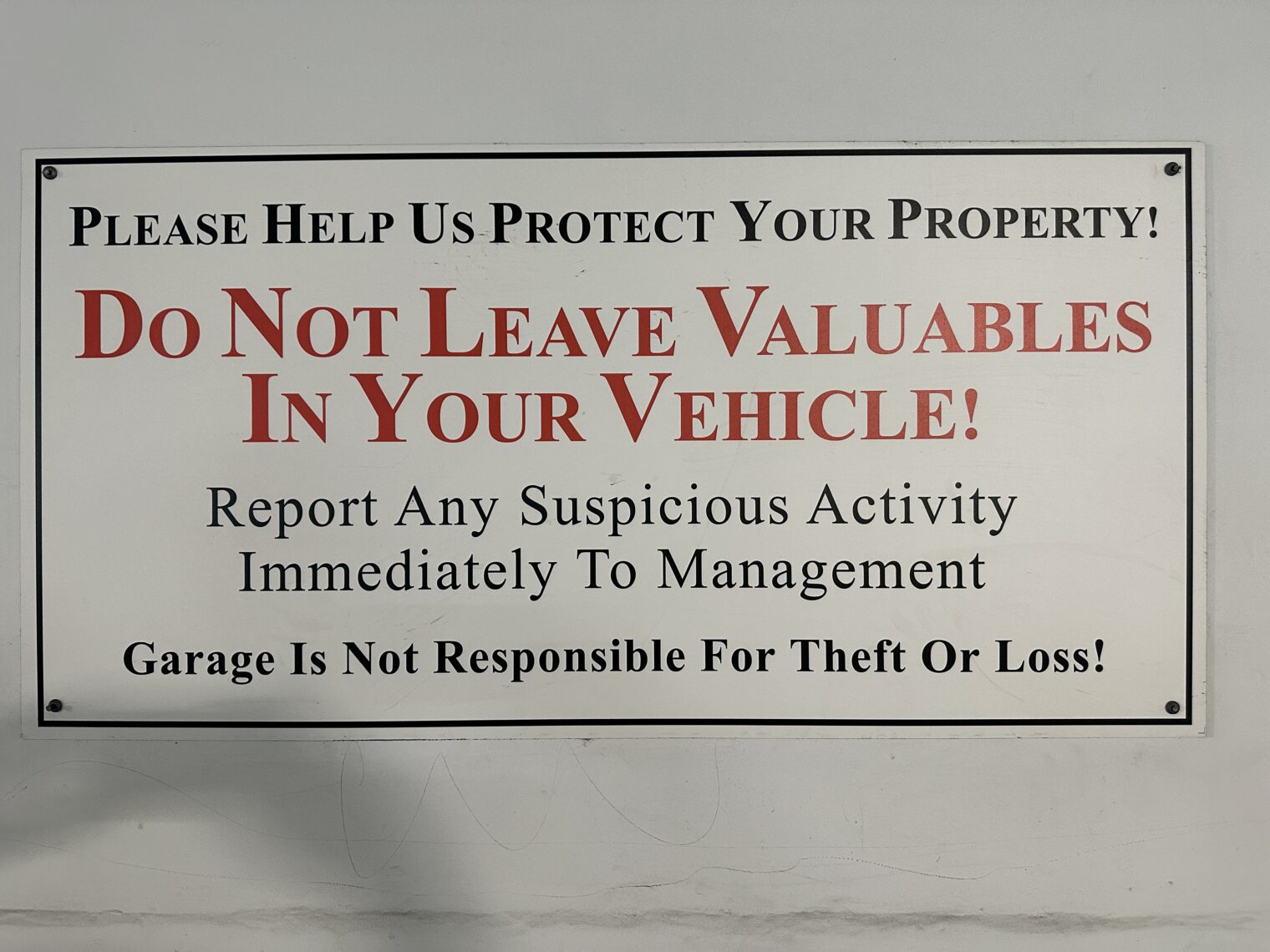
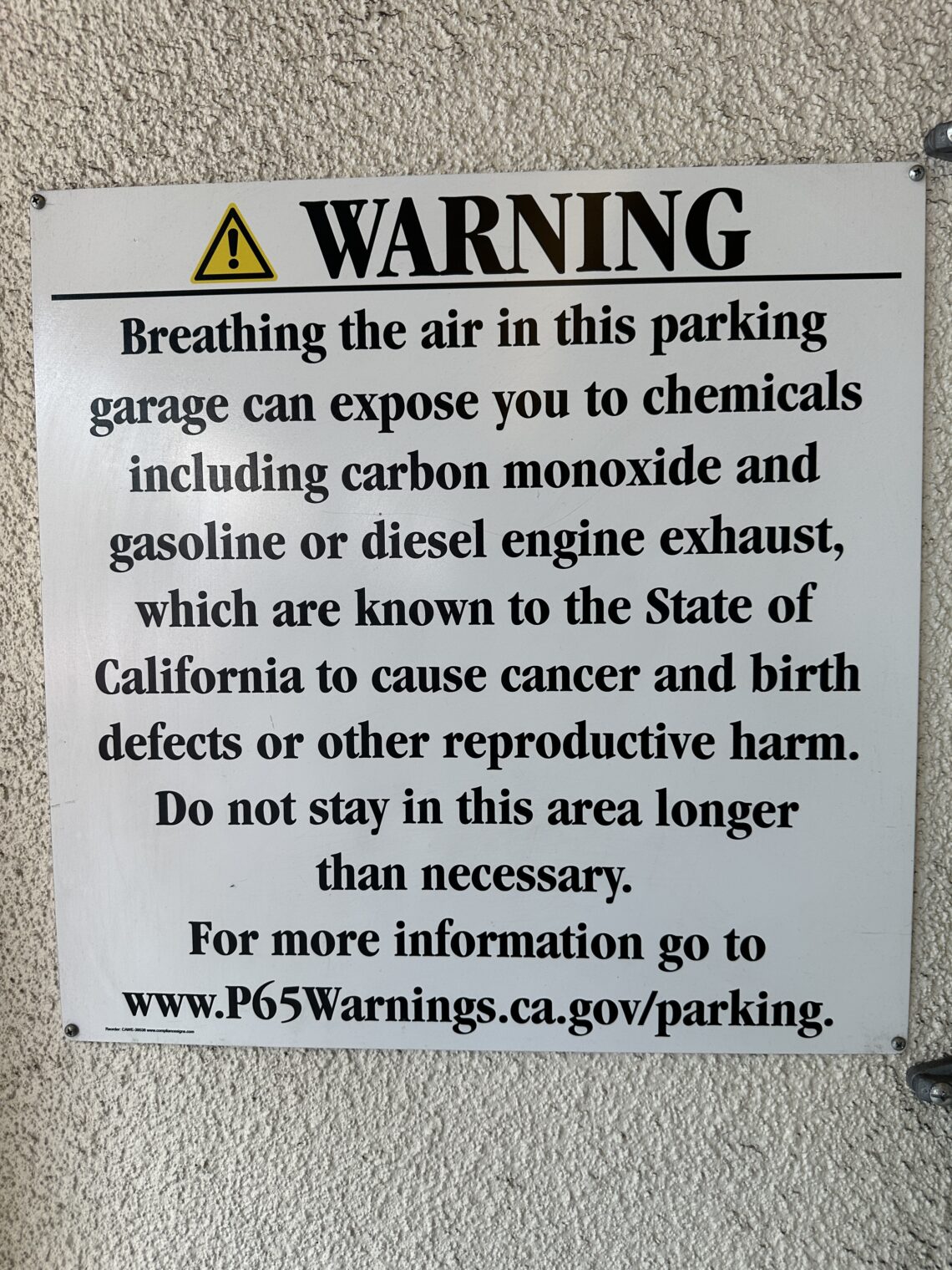
Nordstrom is scheduled to close at the end of August, but we found it well-stocked:
Then it was time to use our feet to head into what the City of San Francisco officially designates “The Transgender District”:
(Why isn’t the entire city designated as a transgender district?)
Full post, including comments